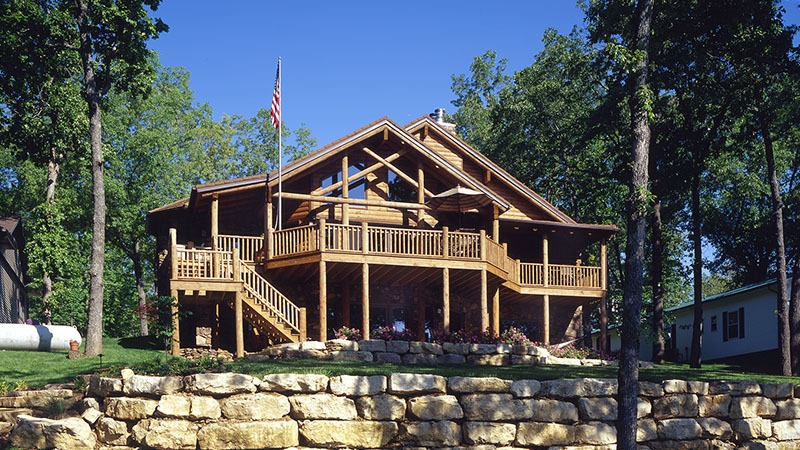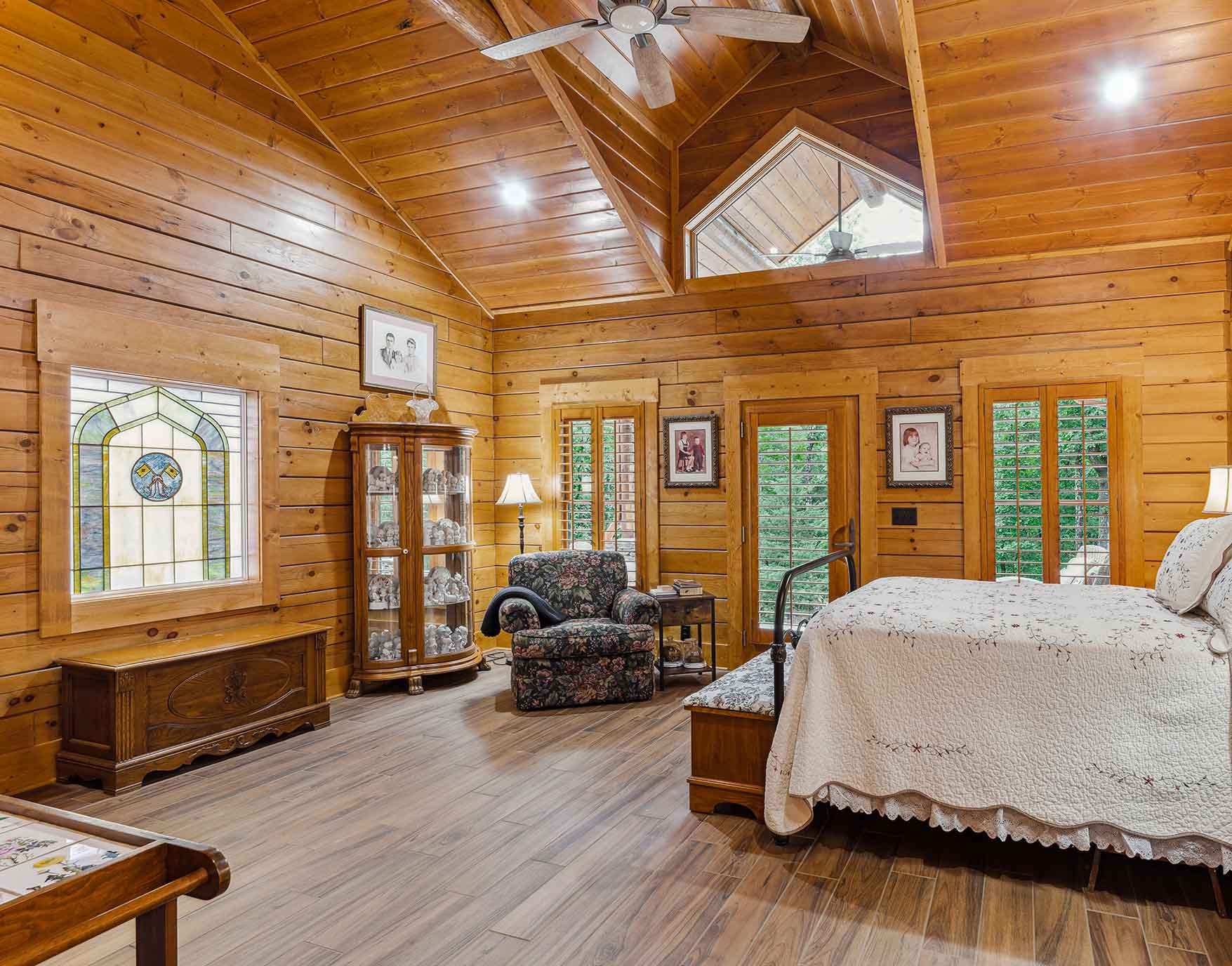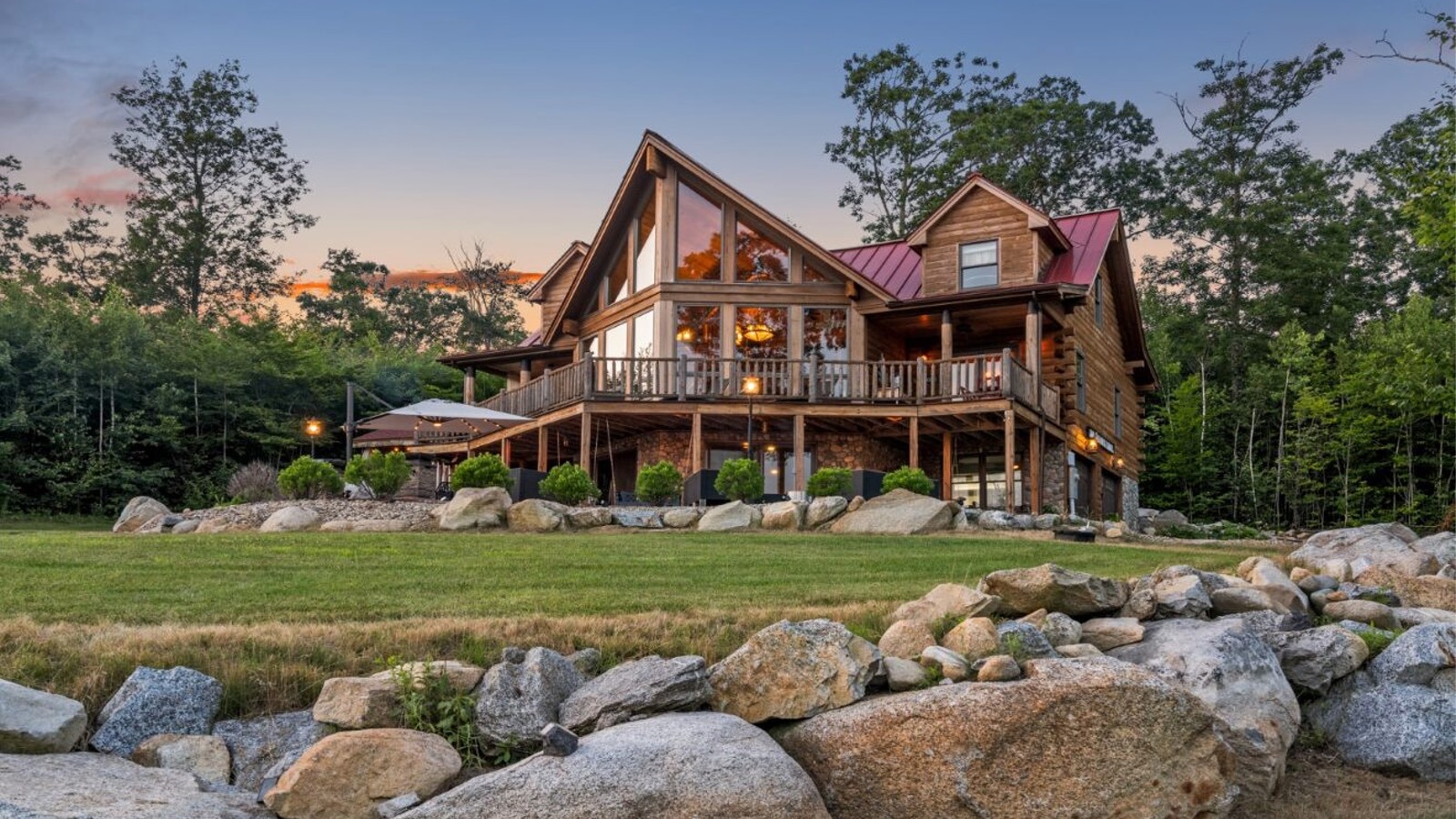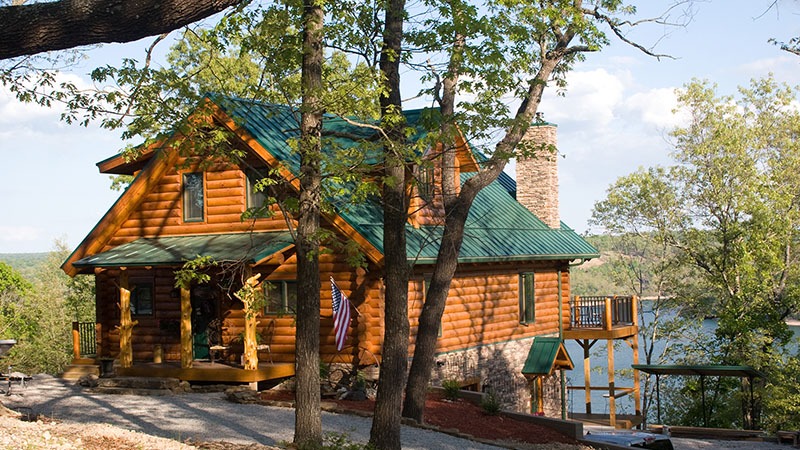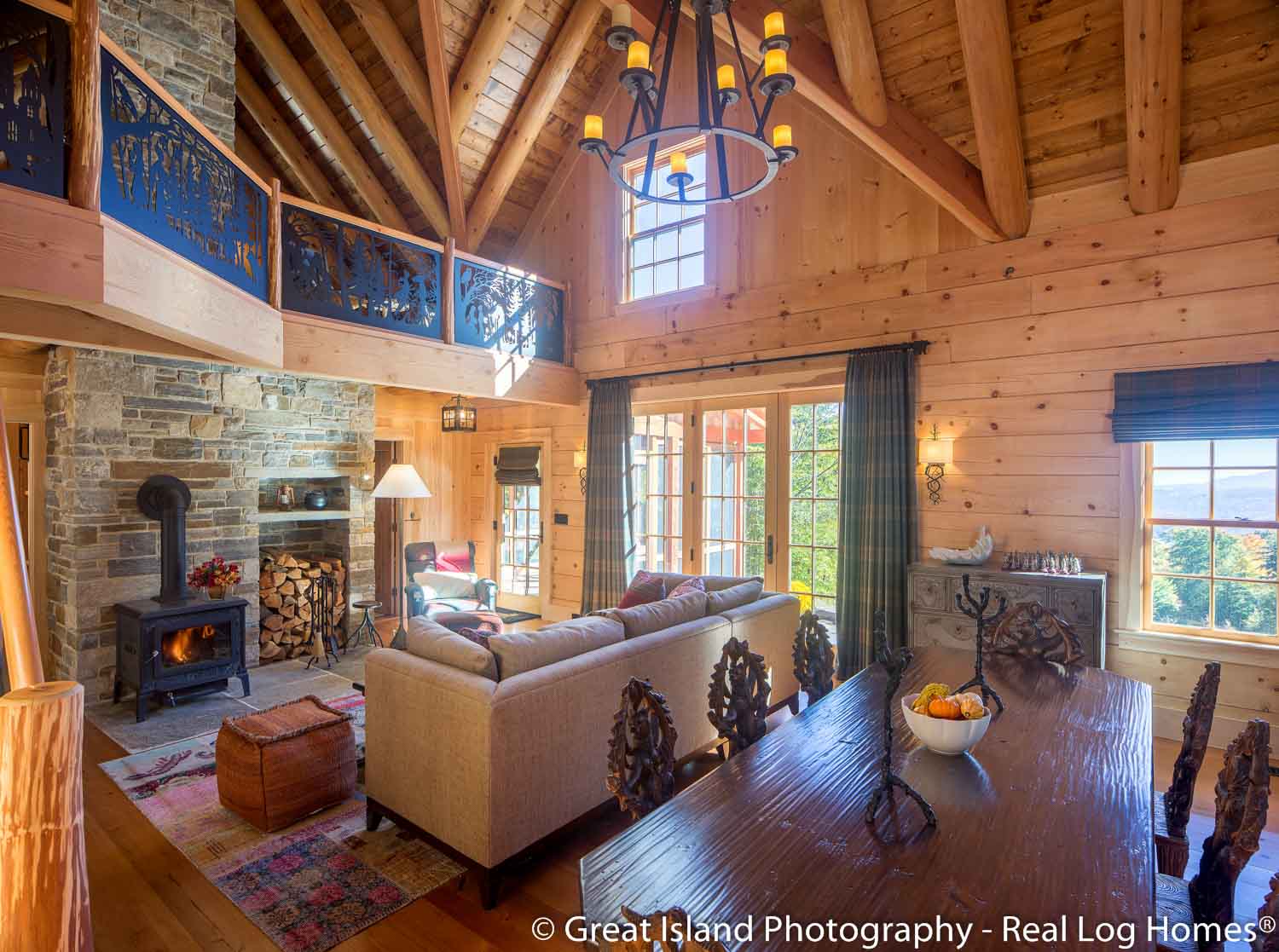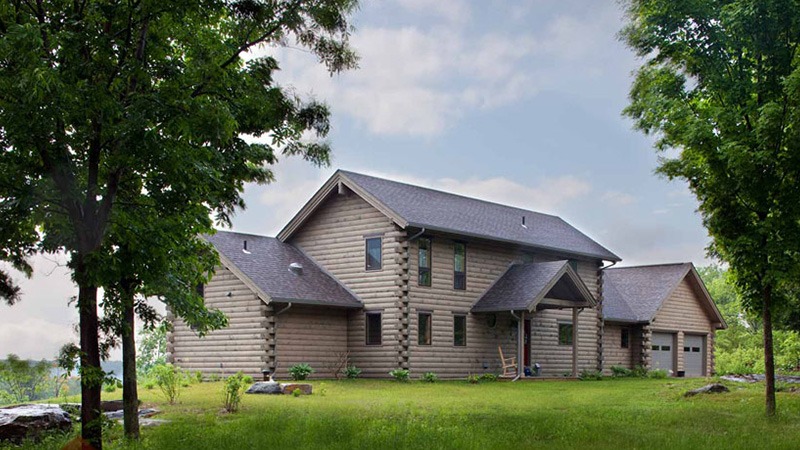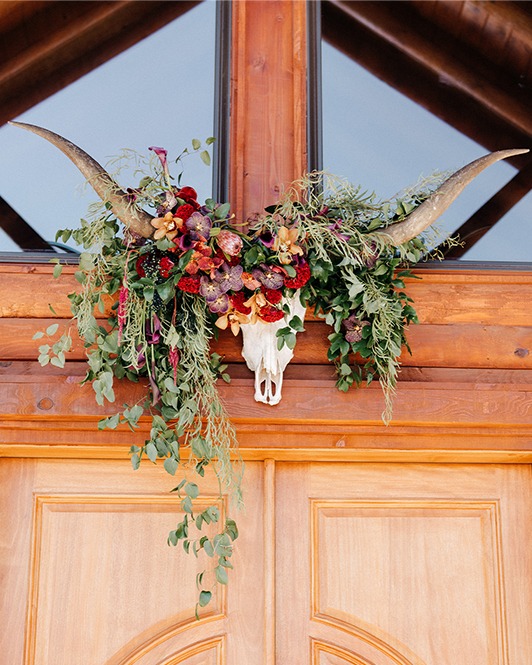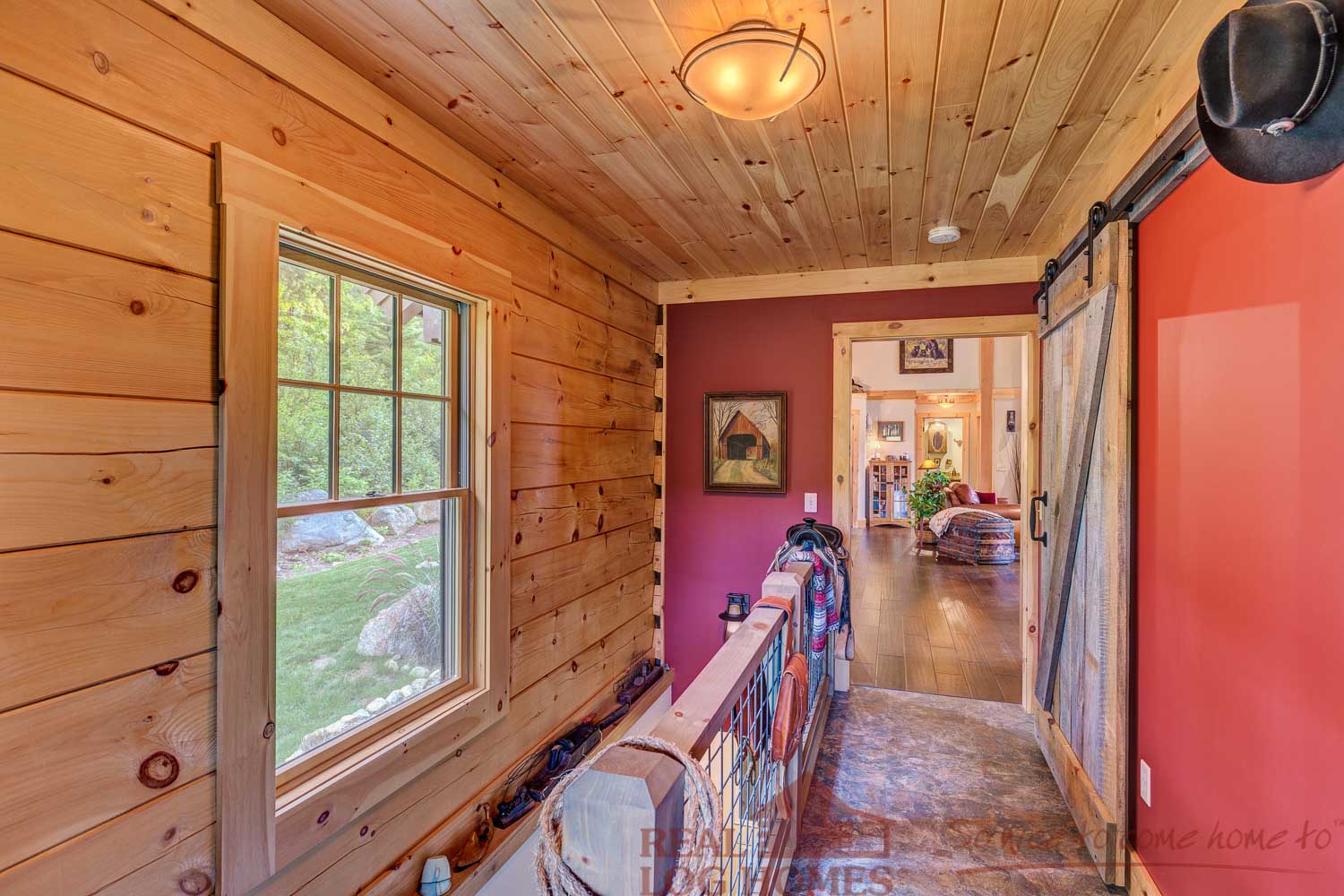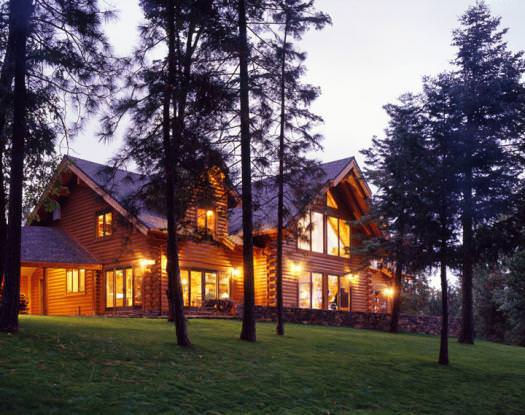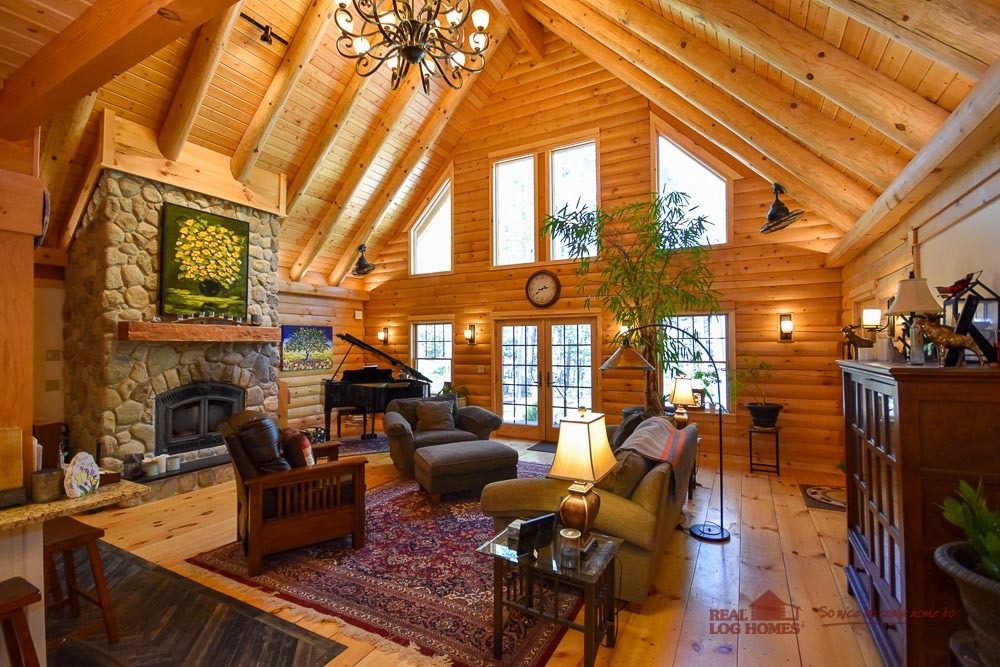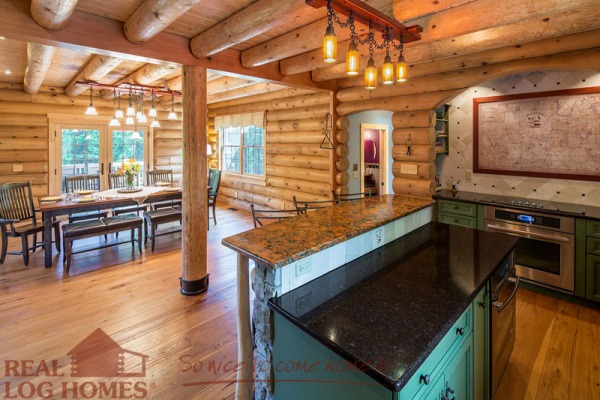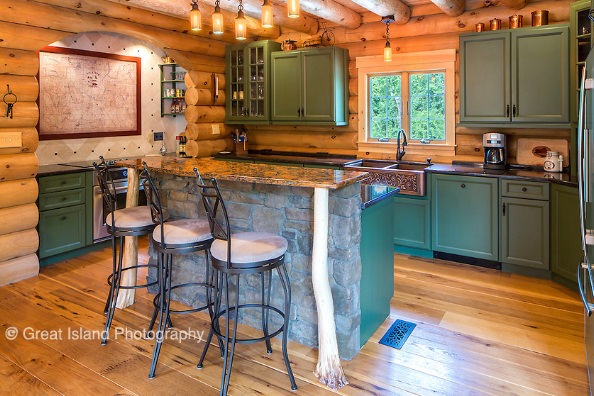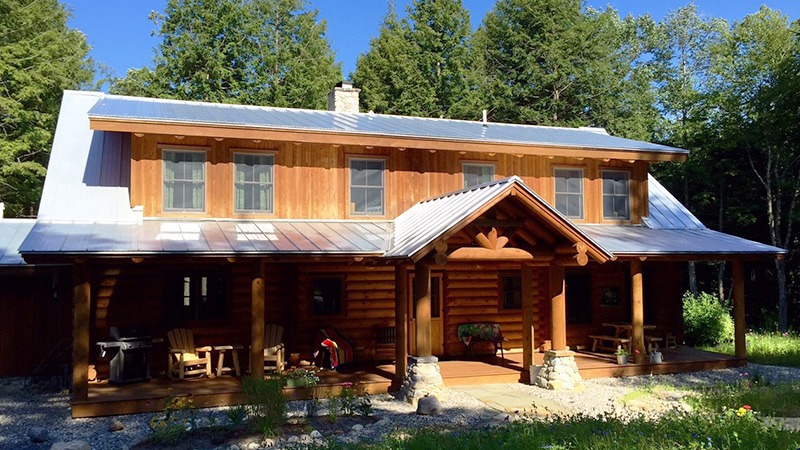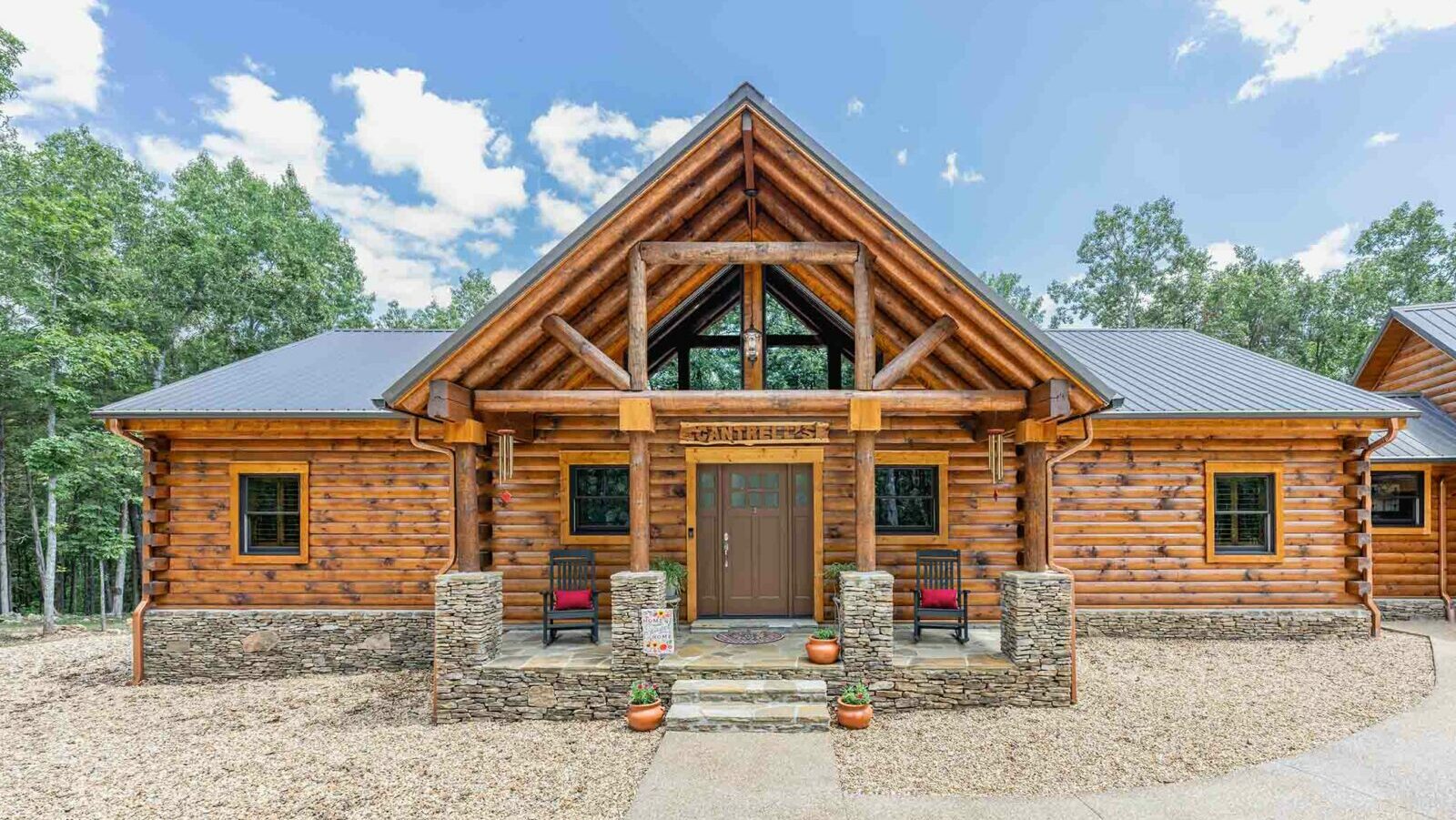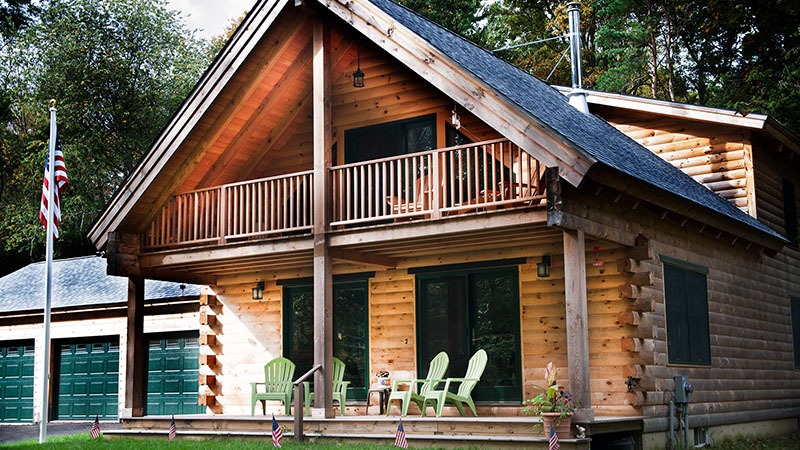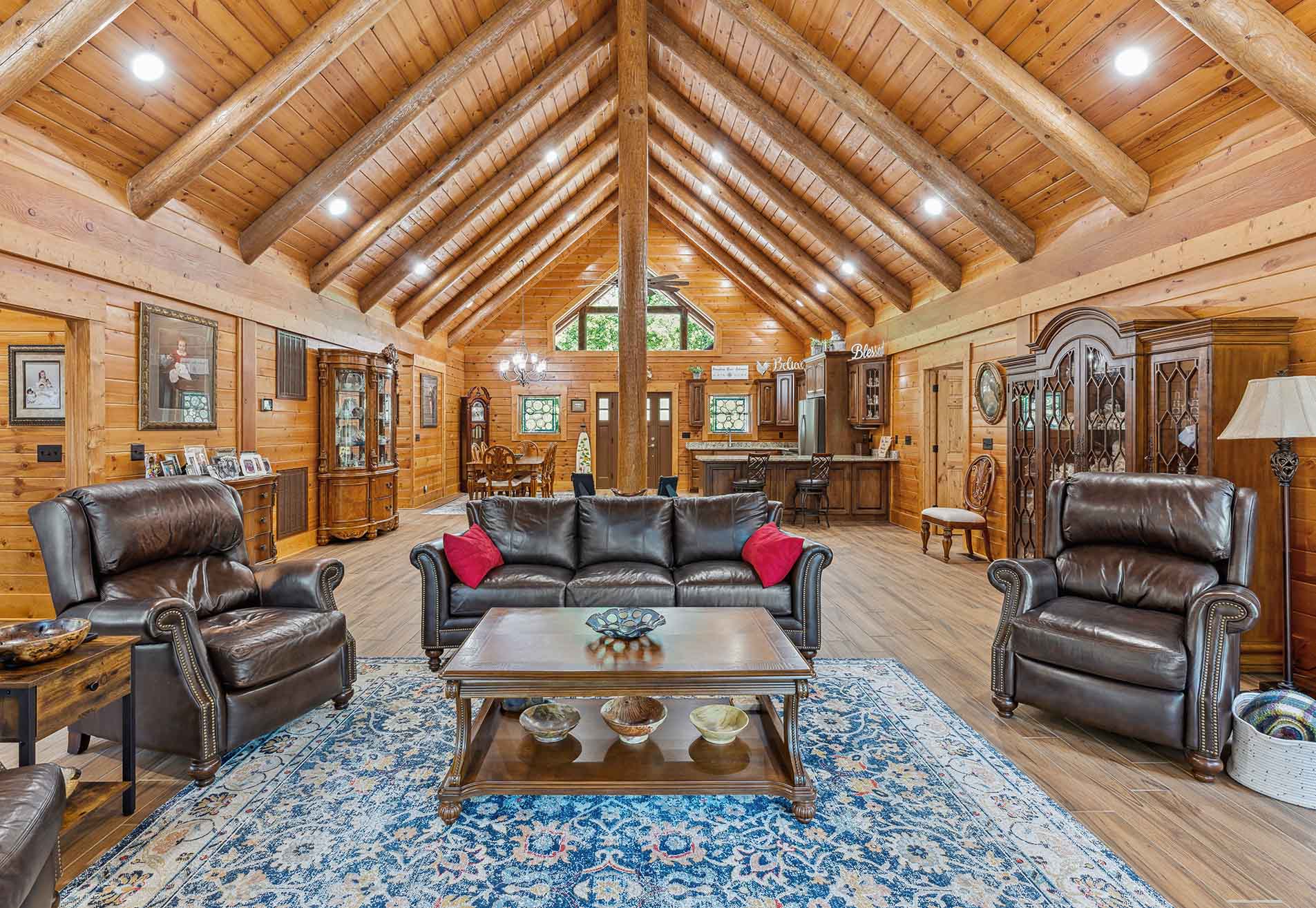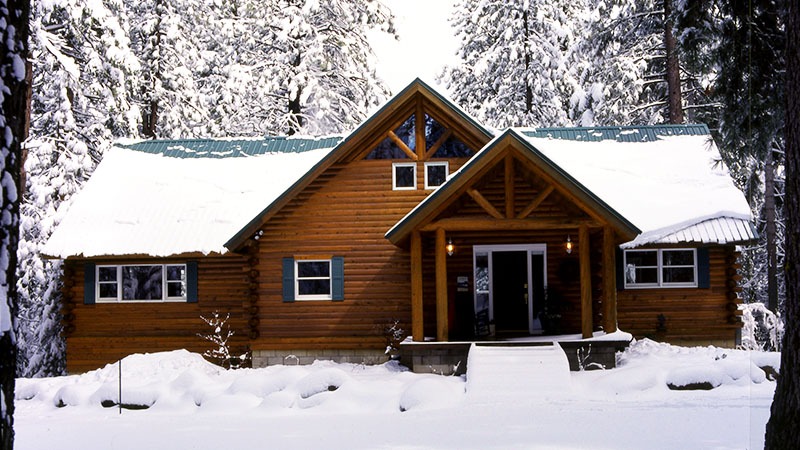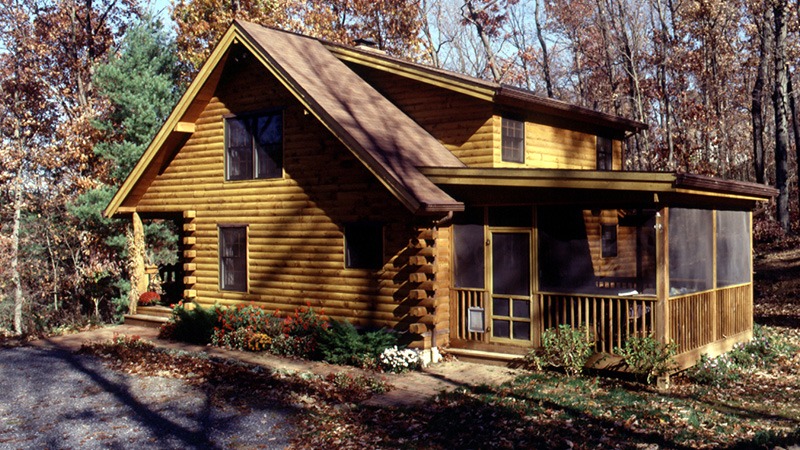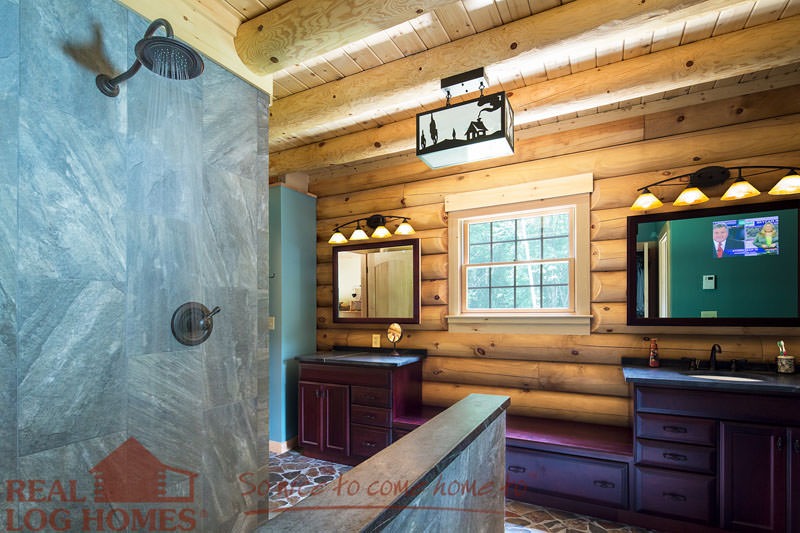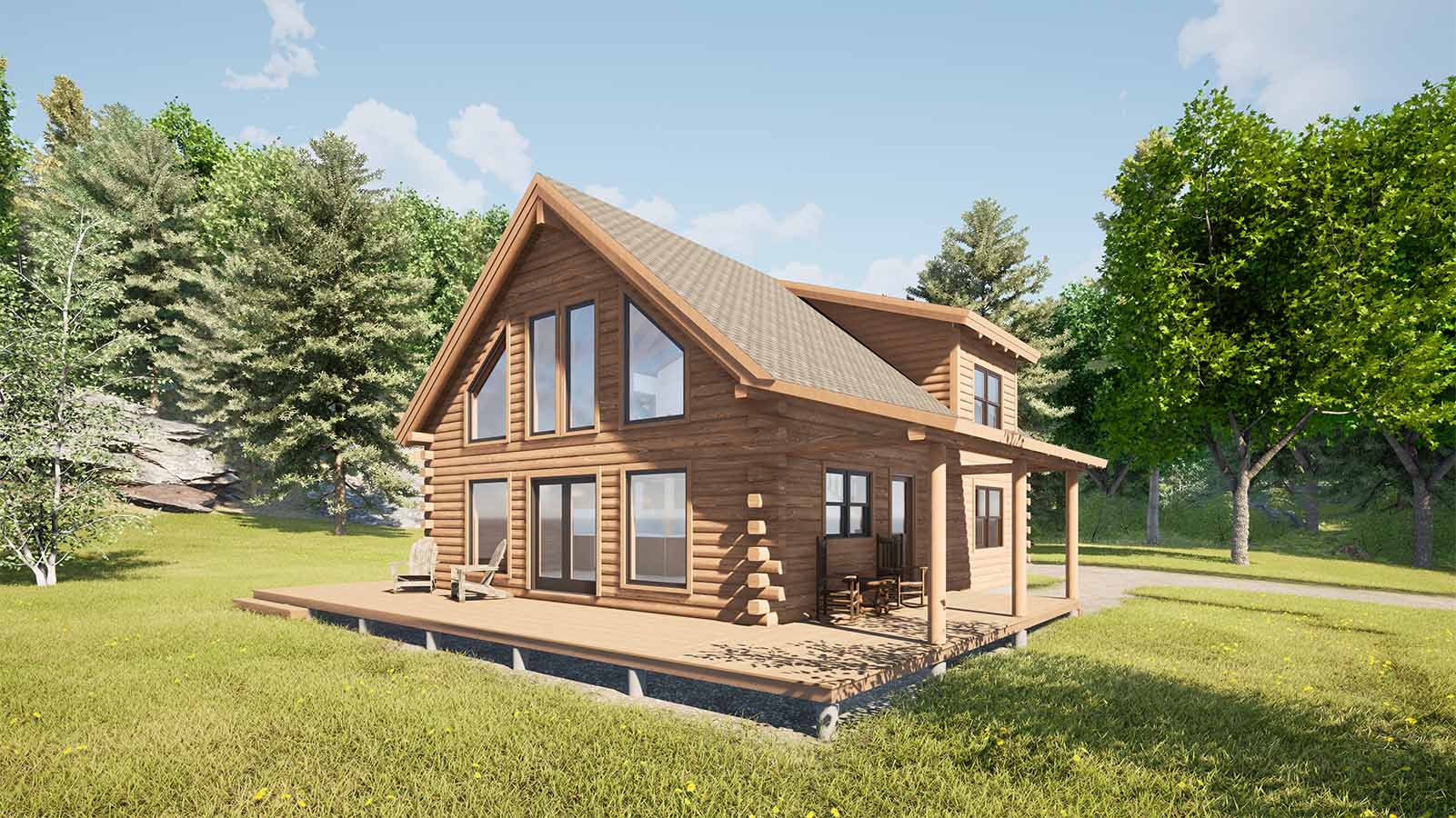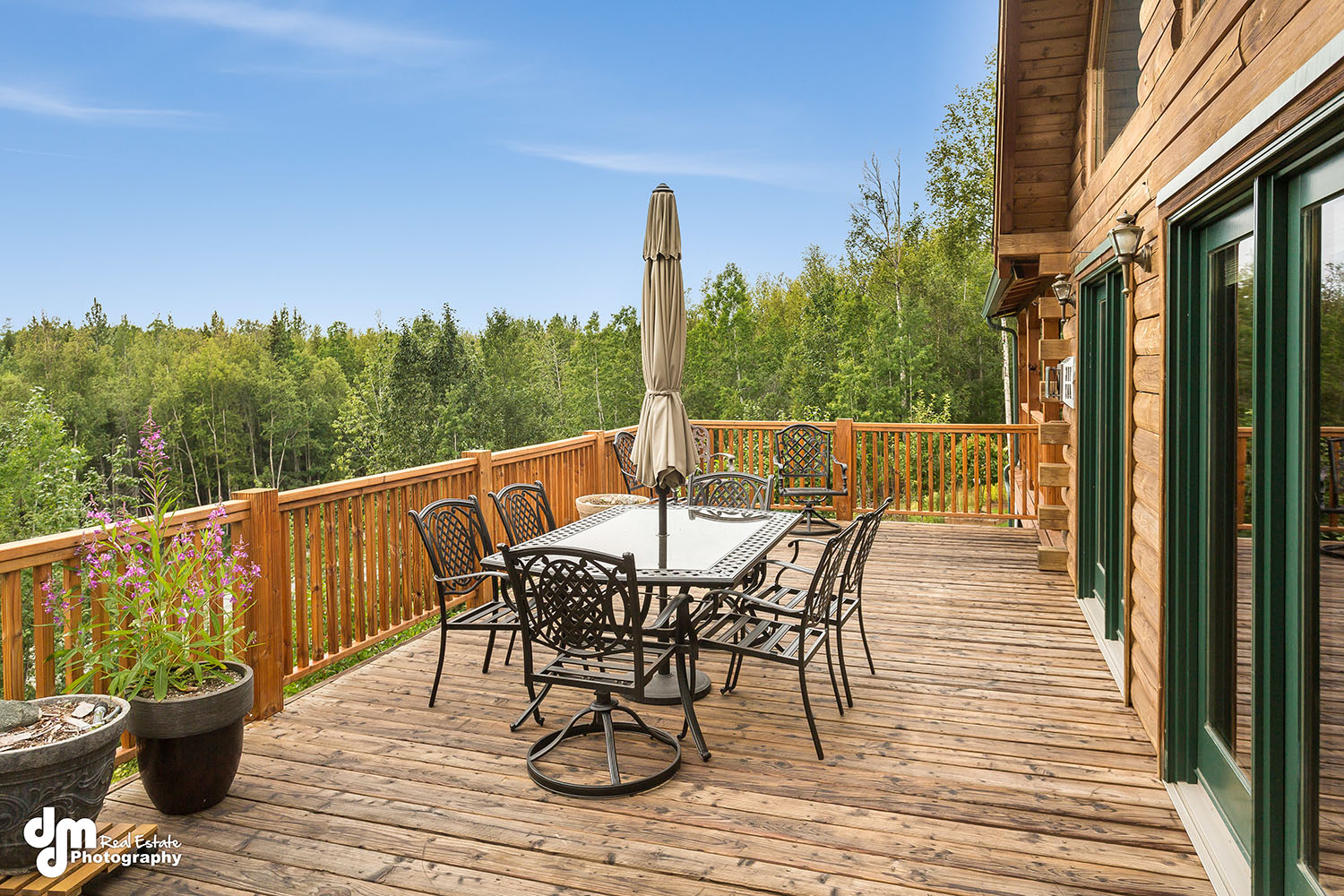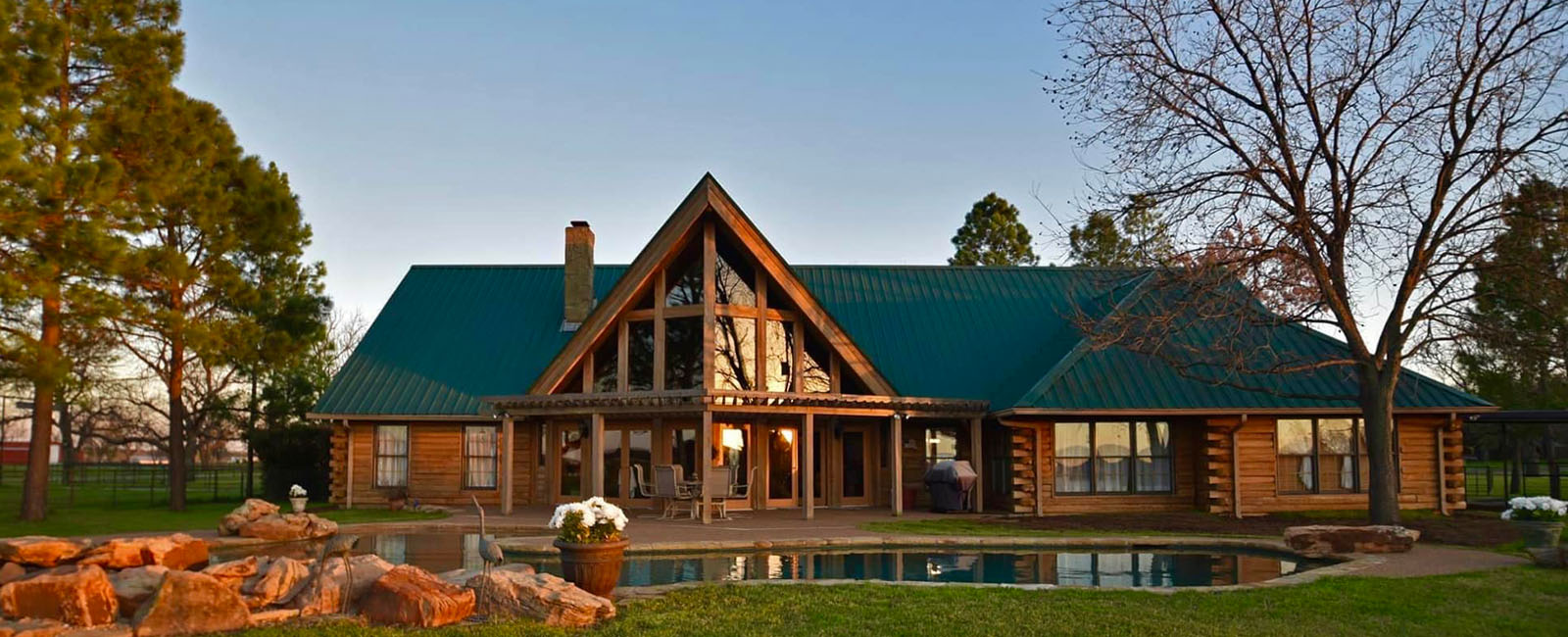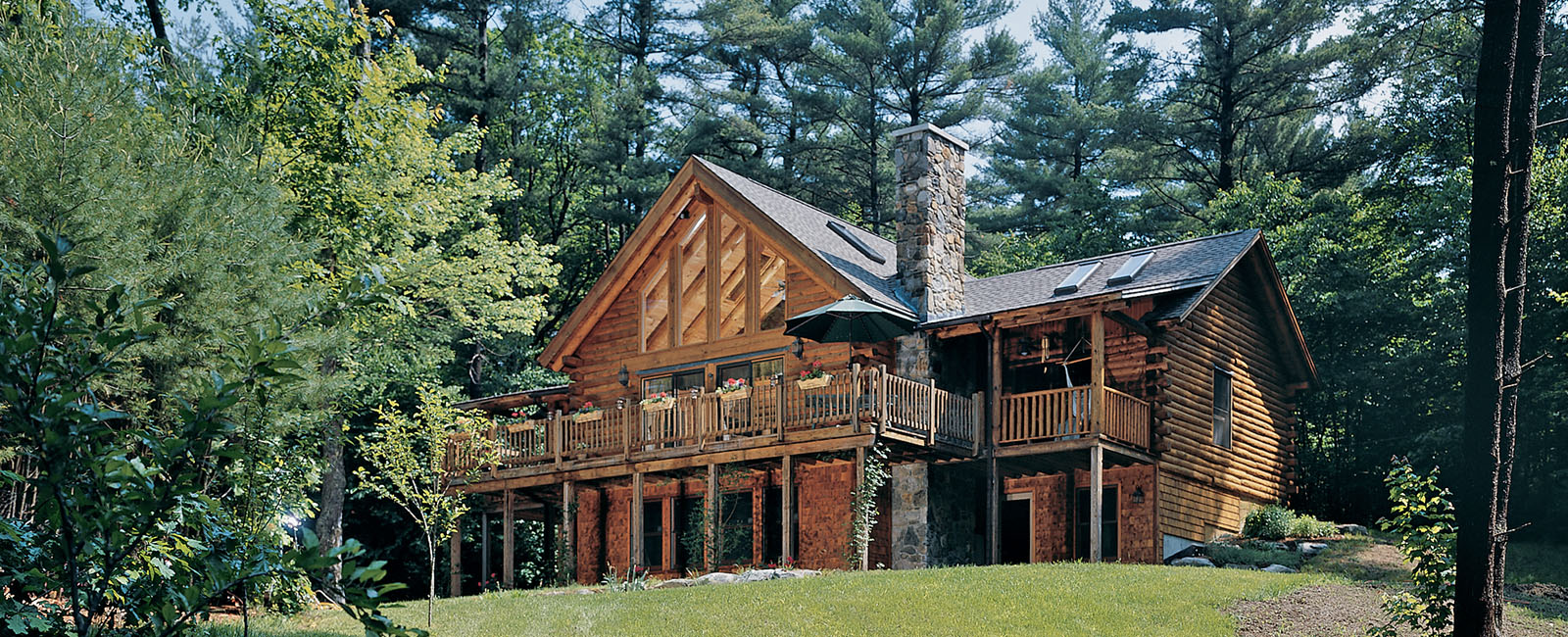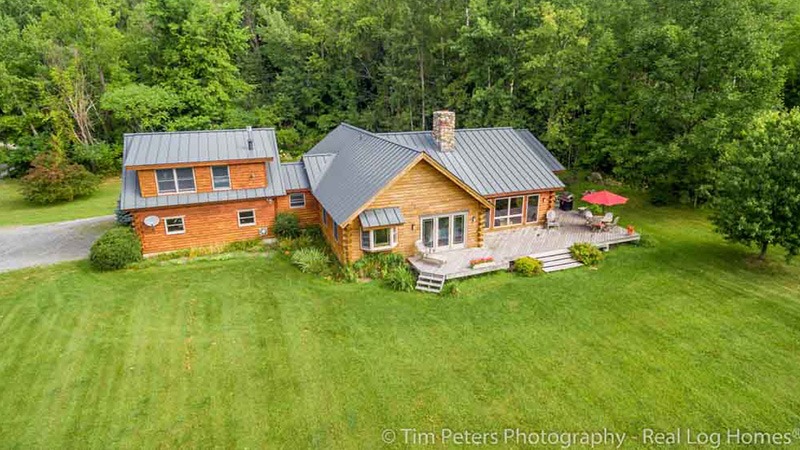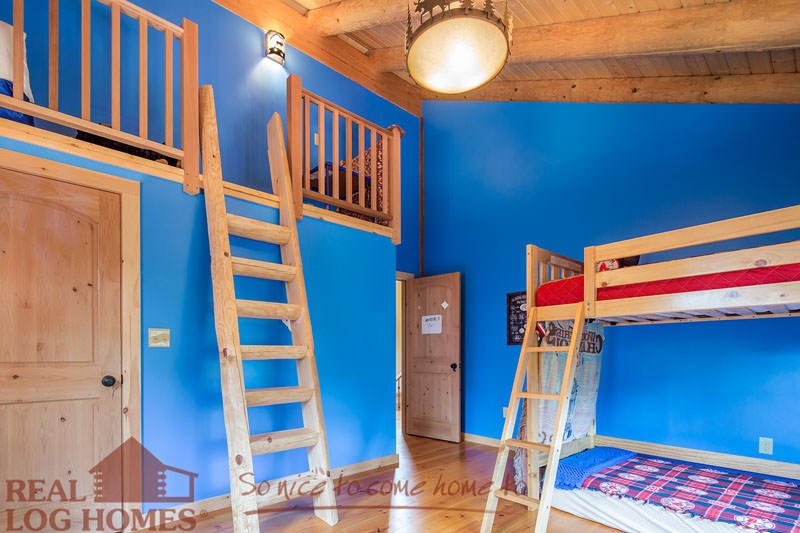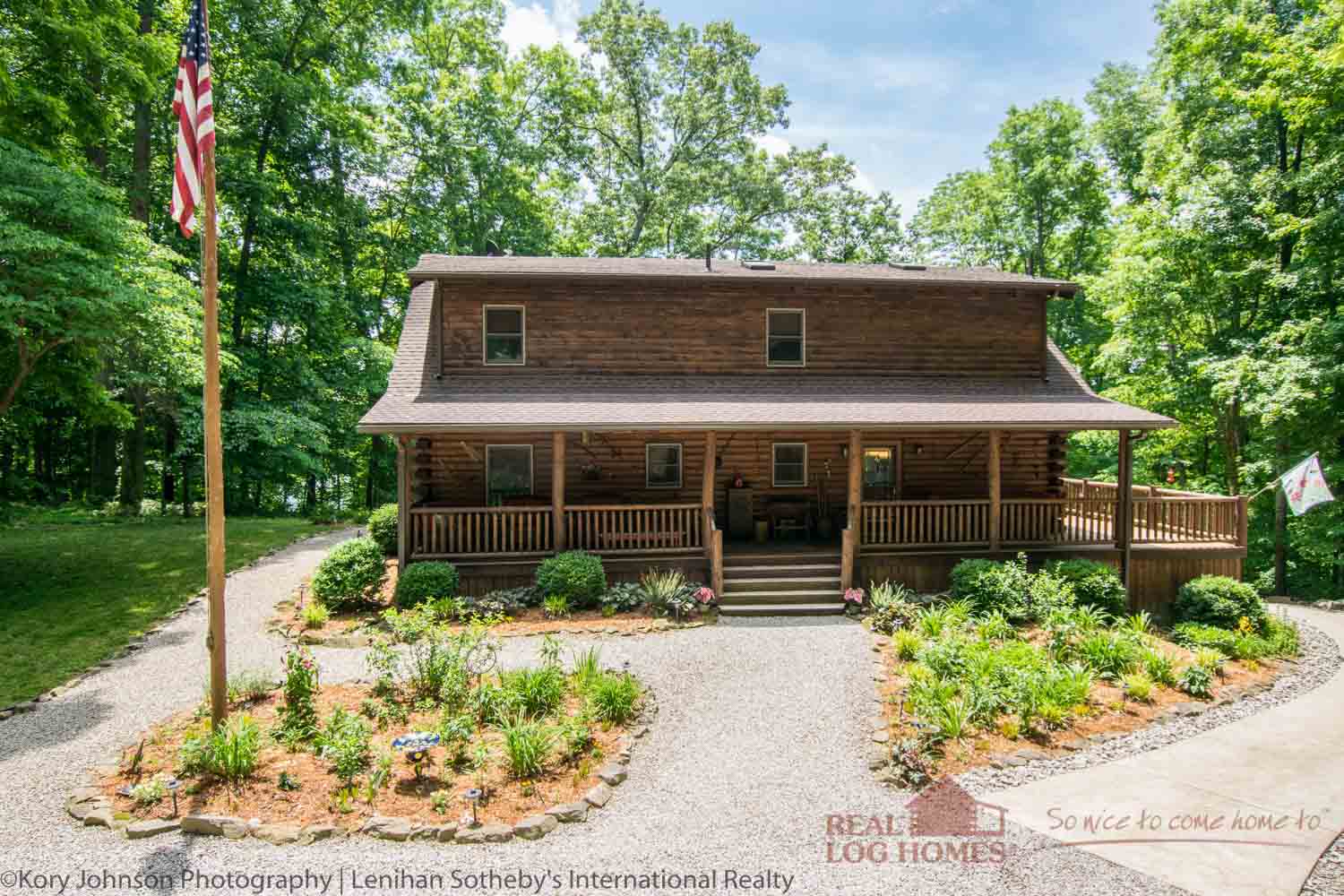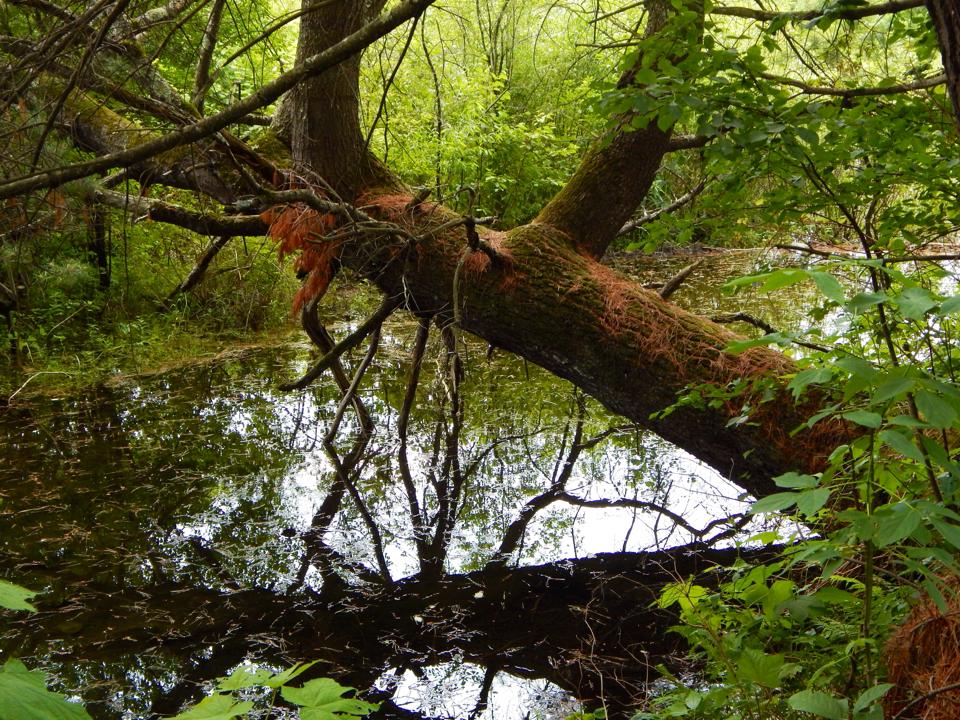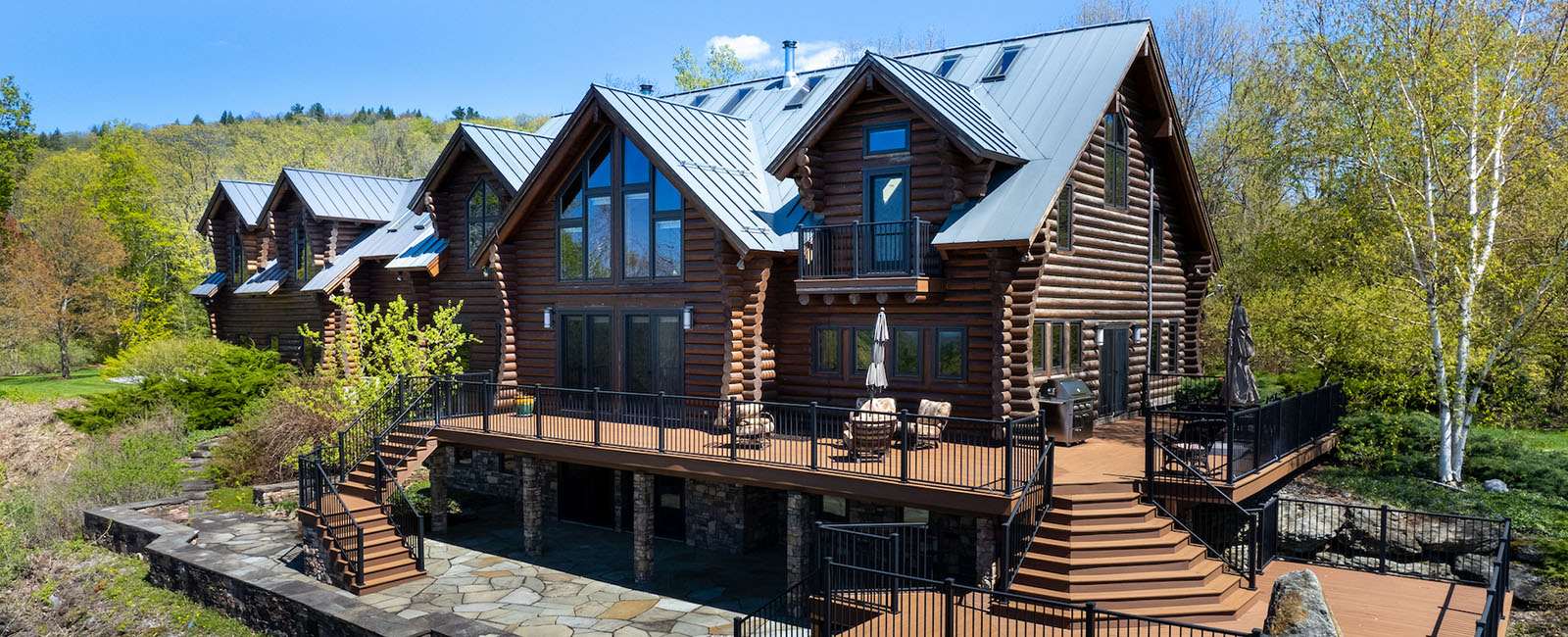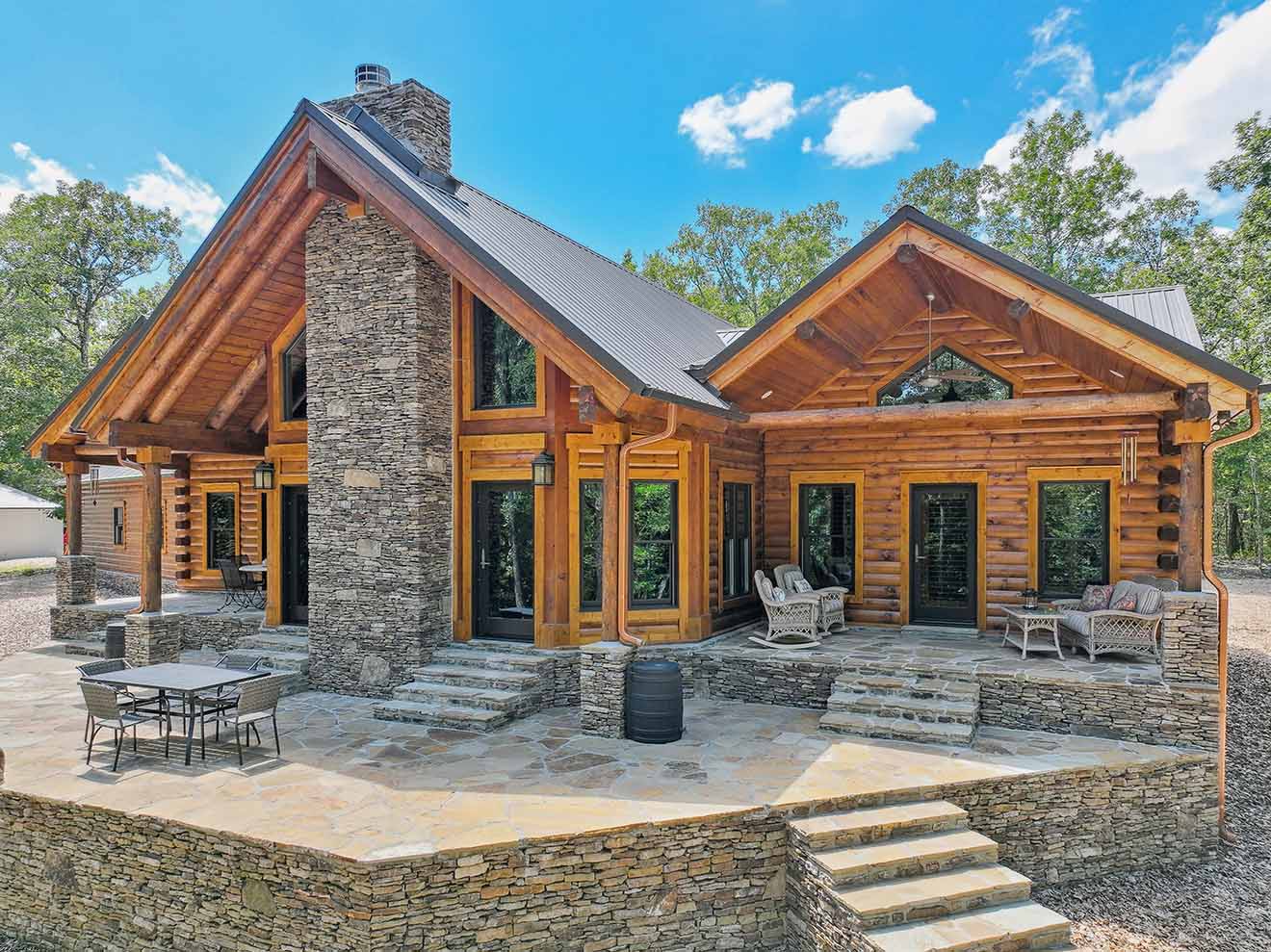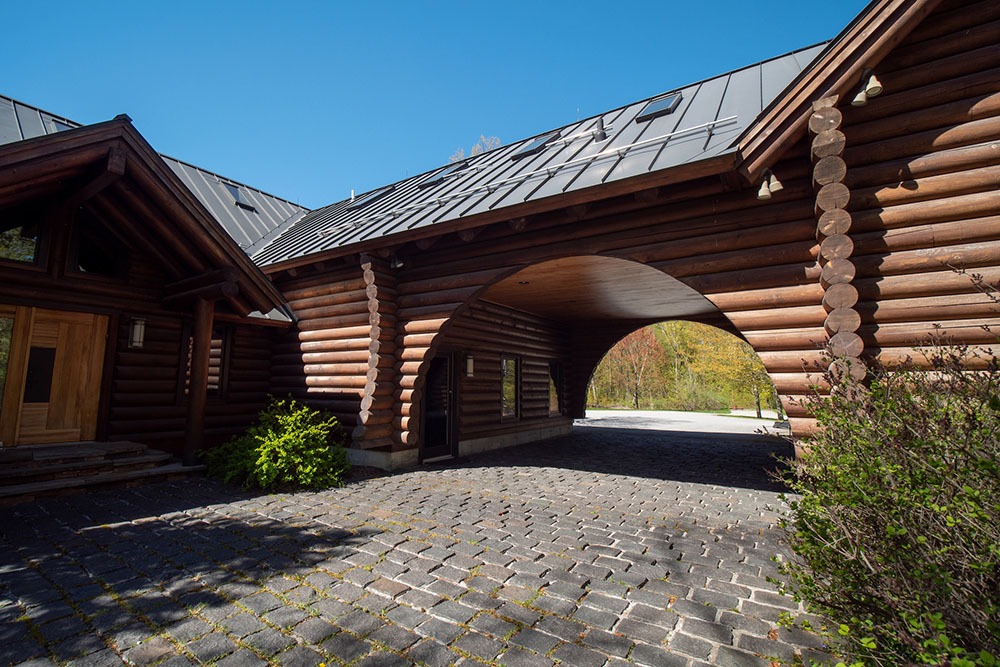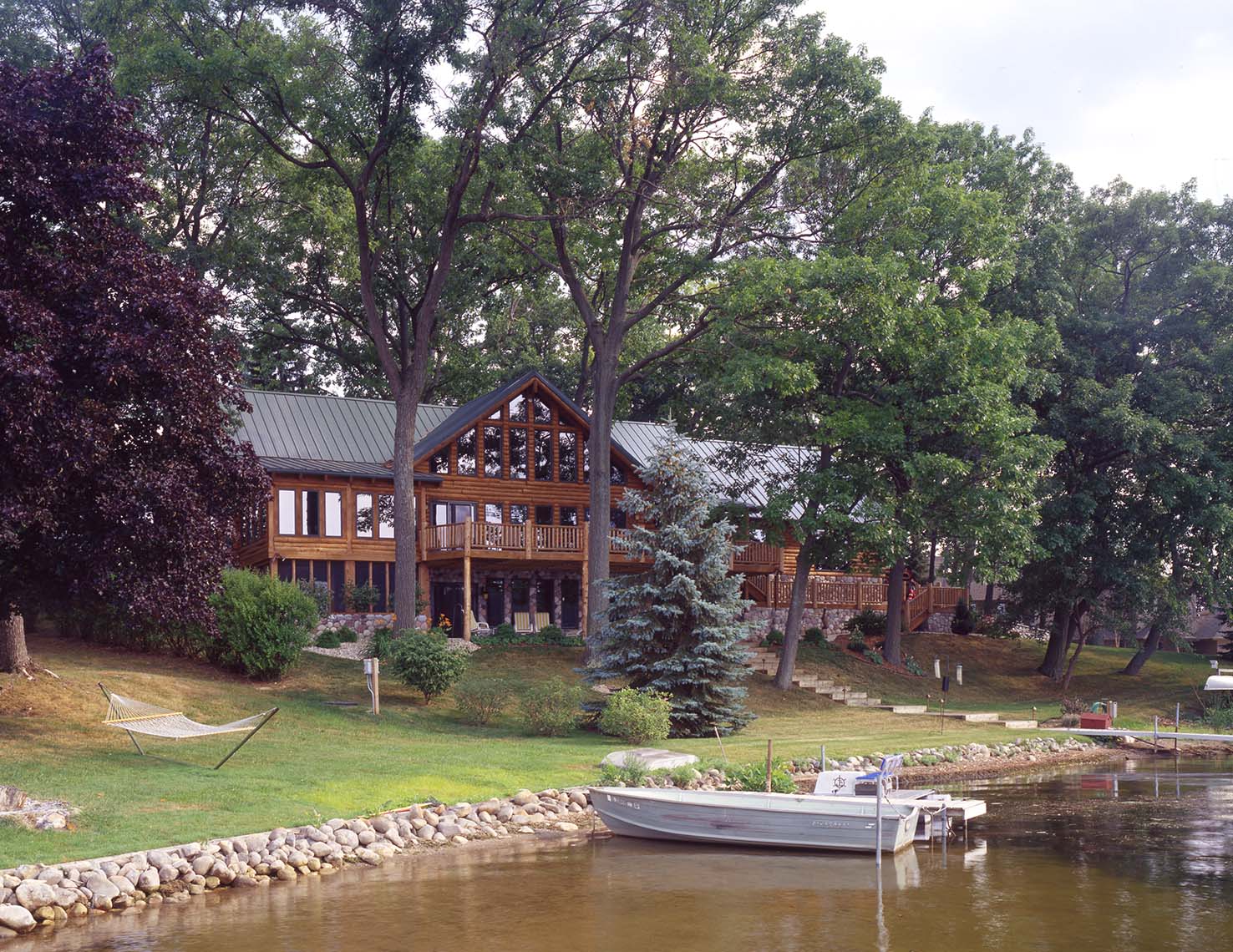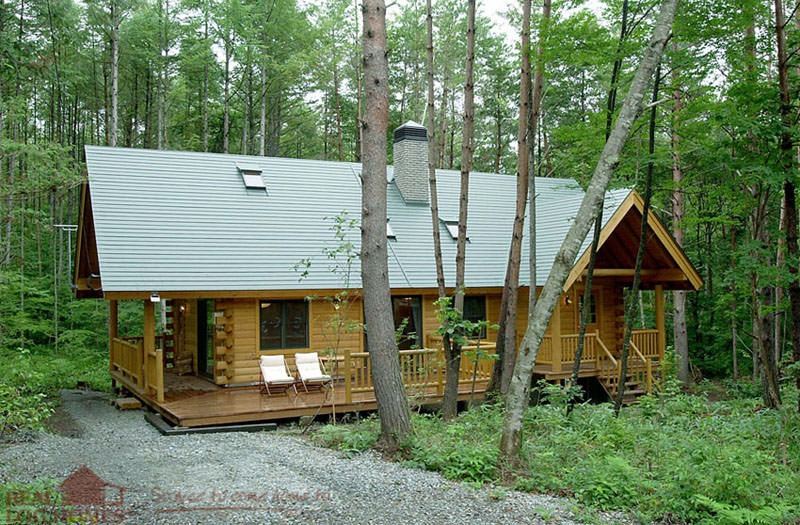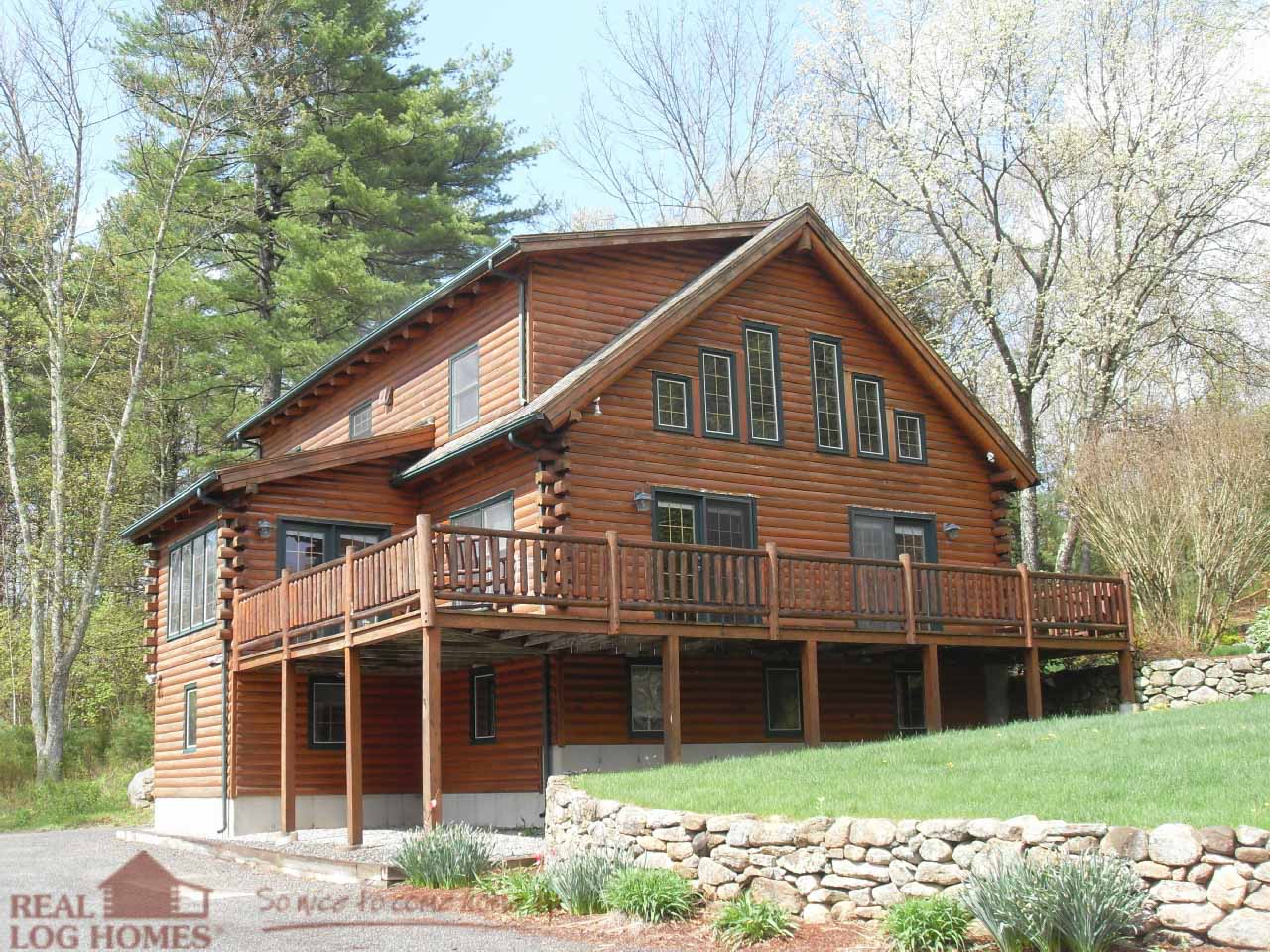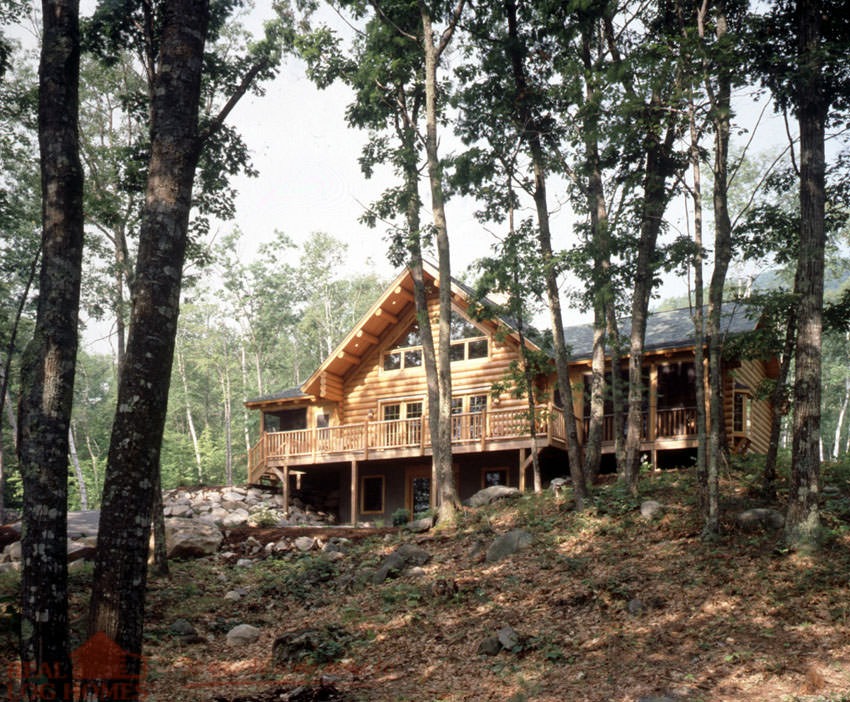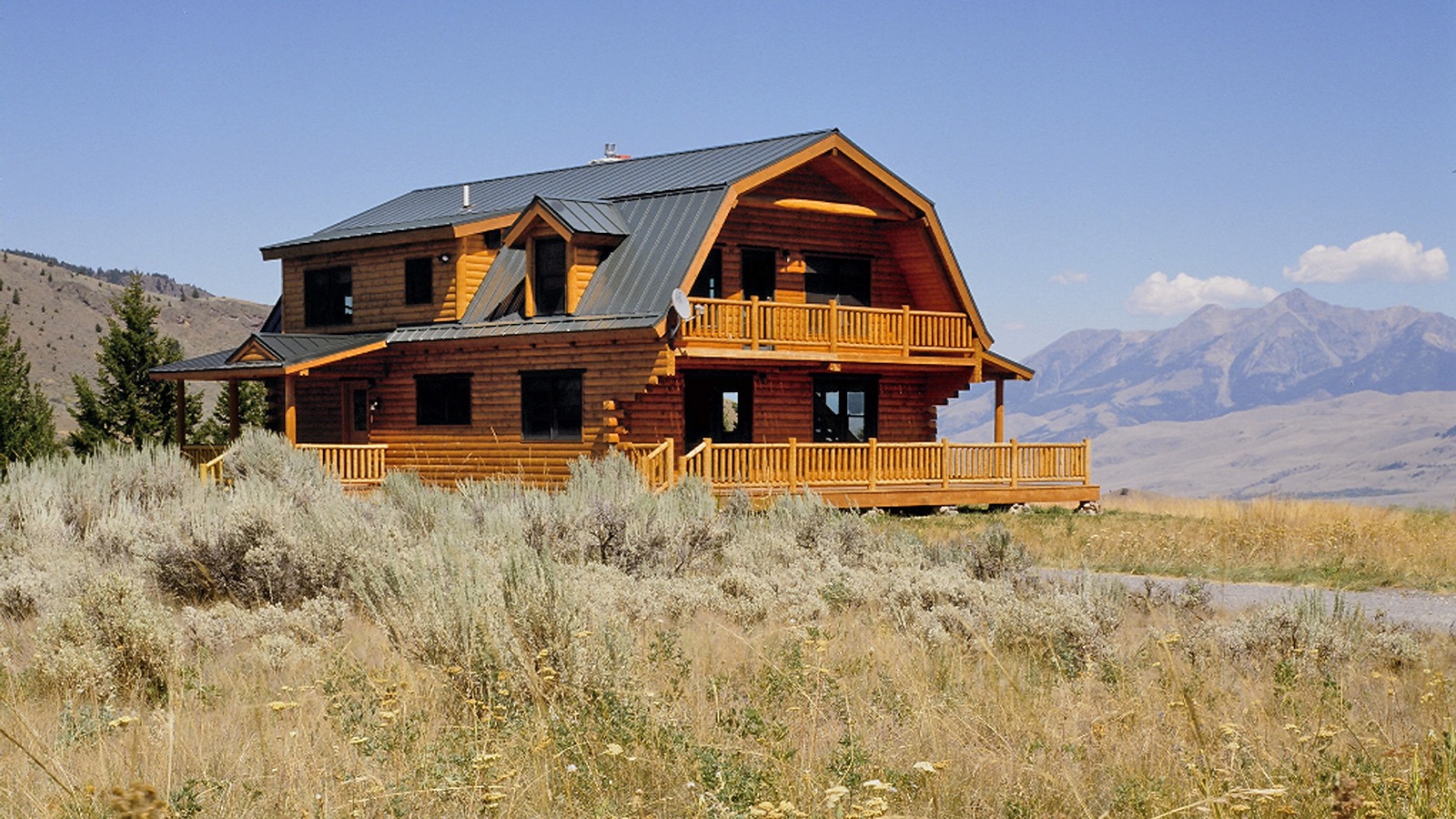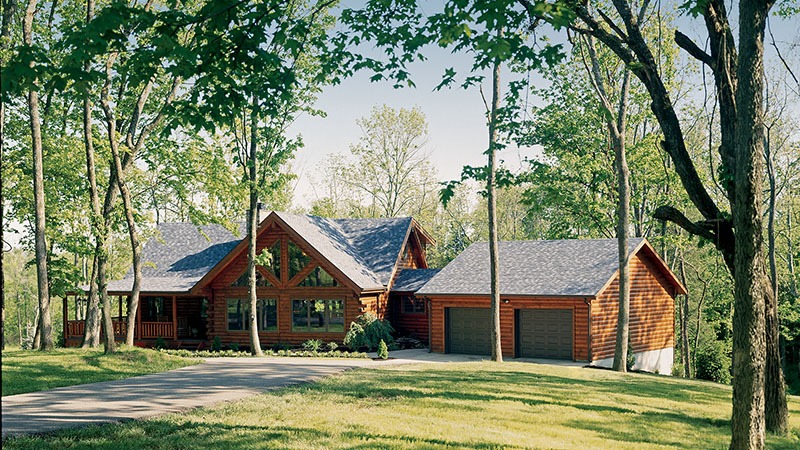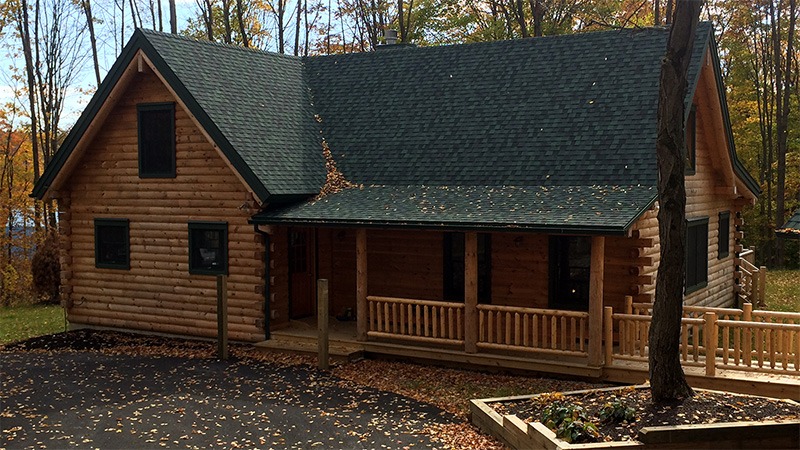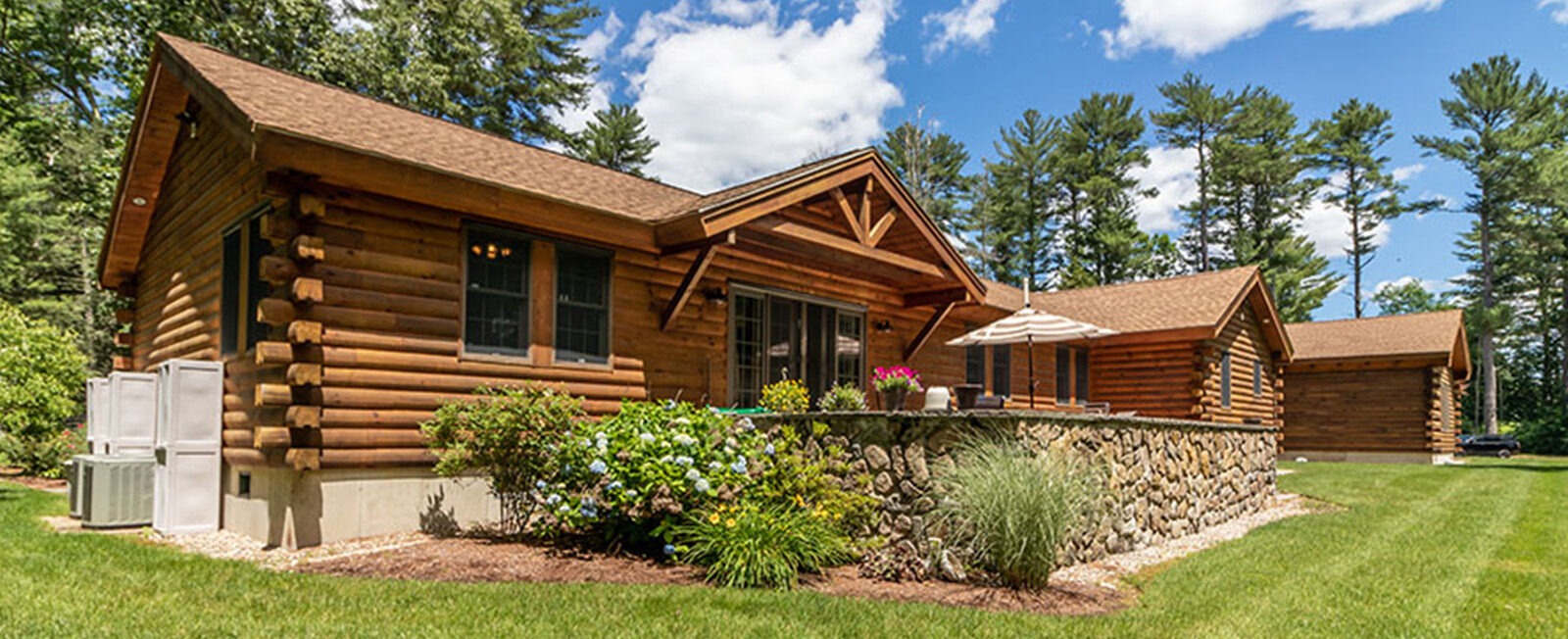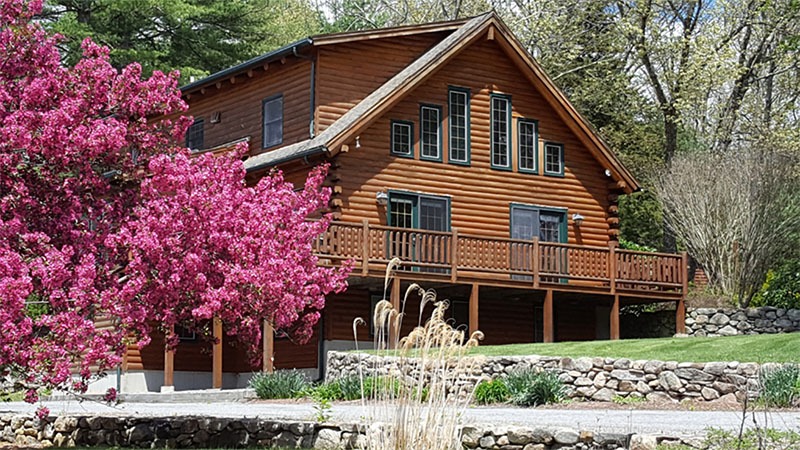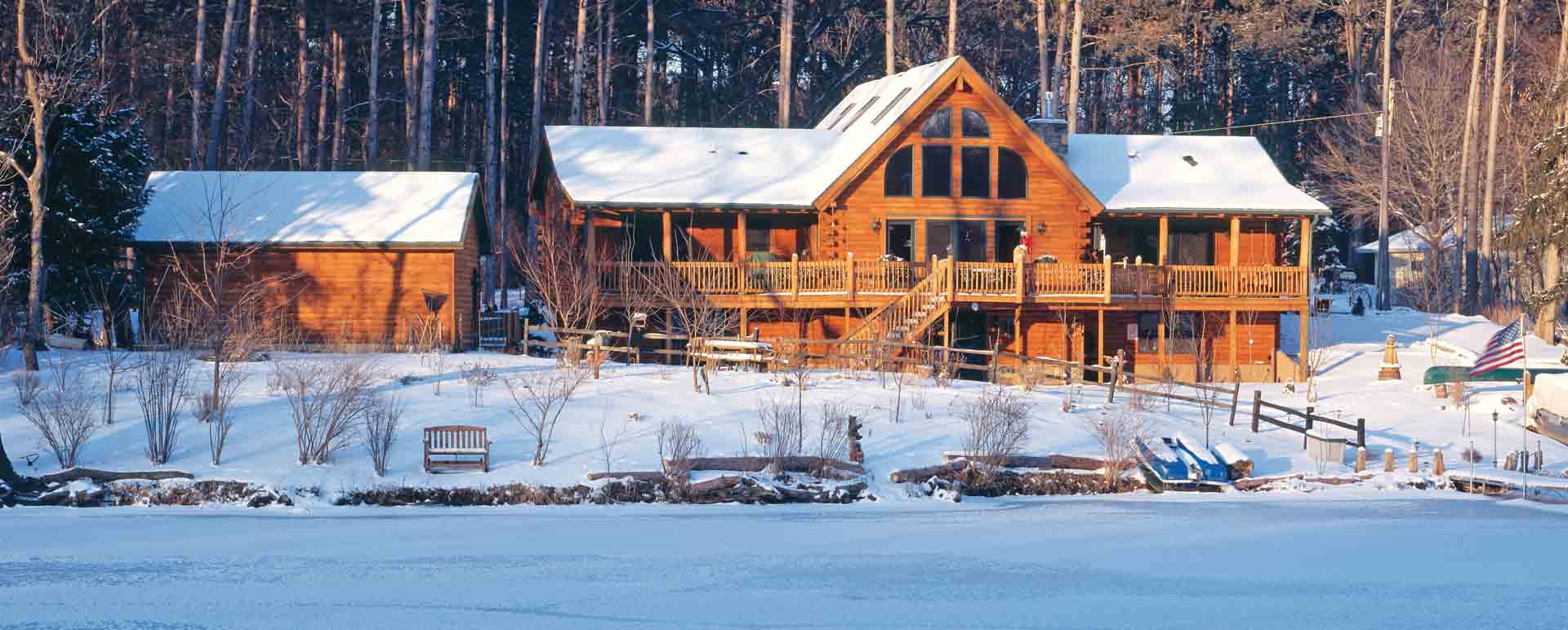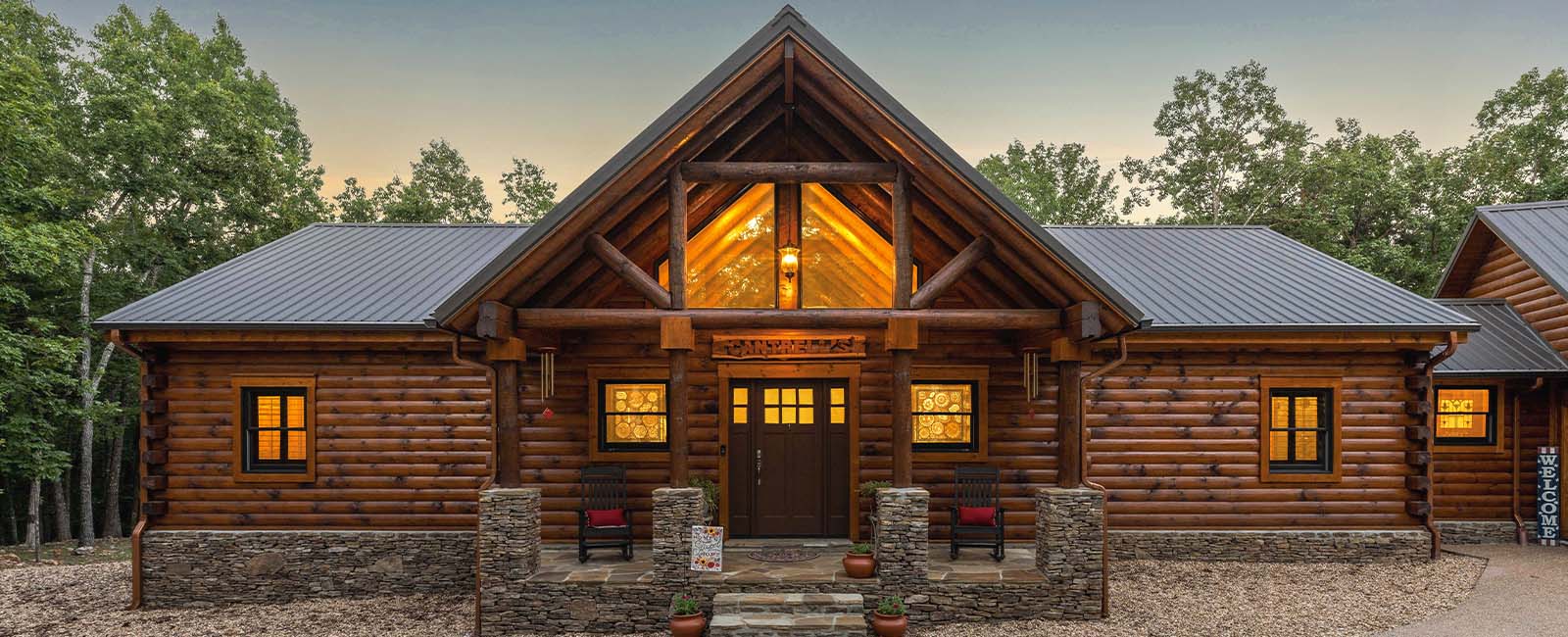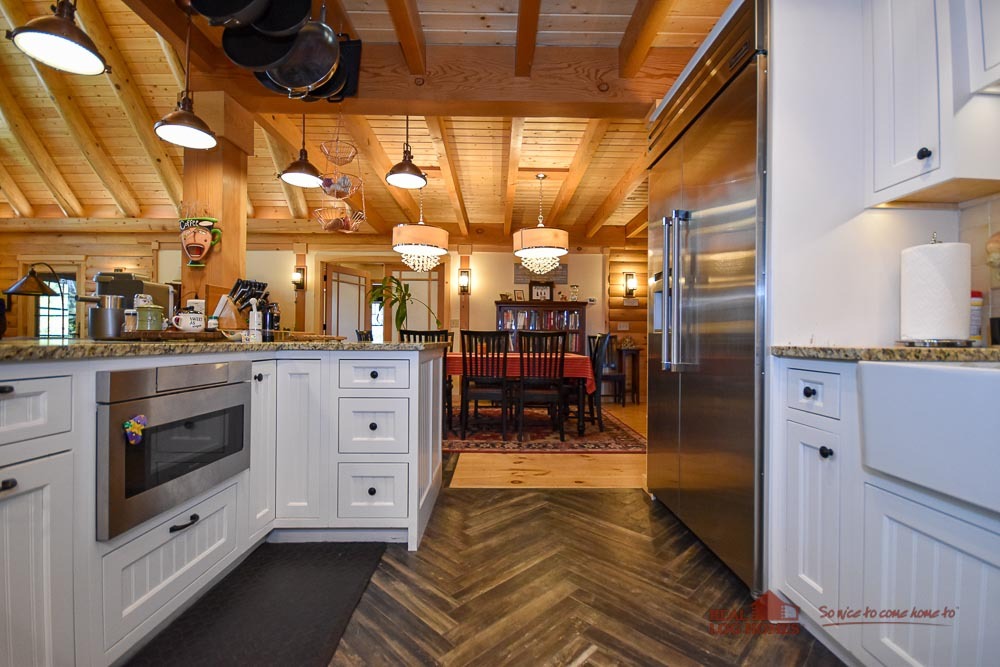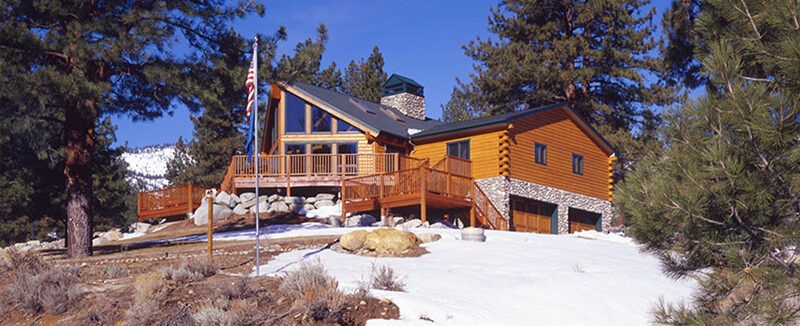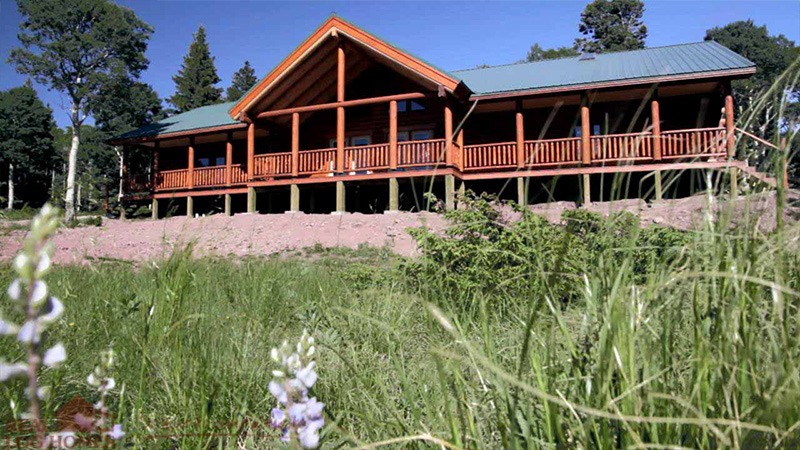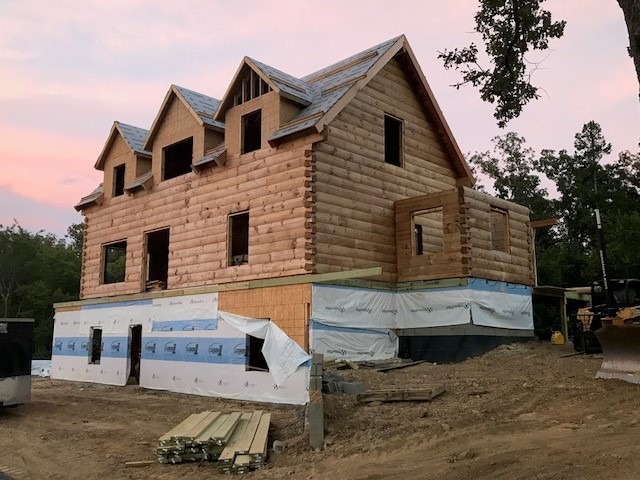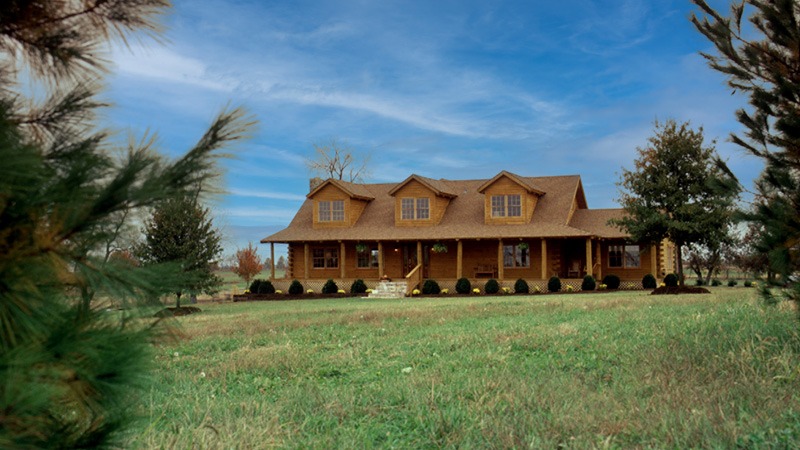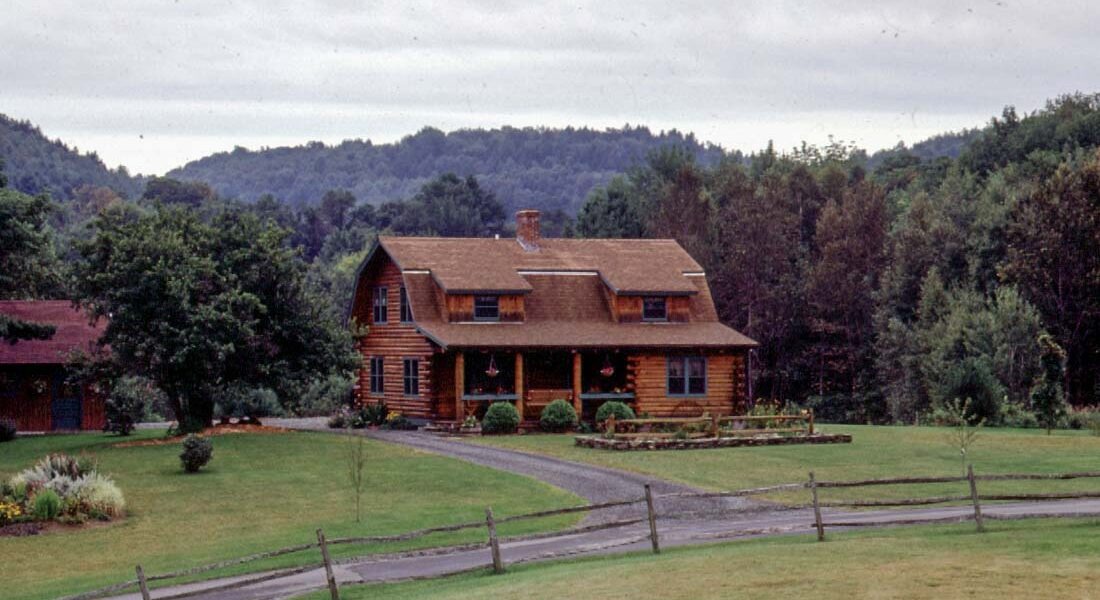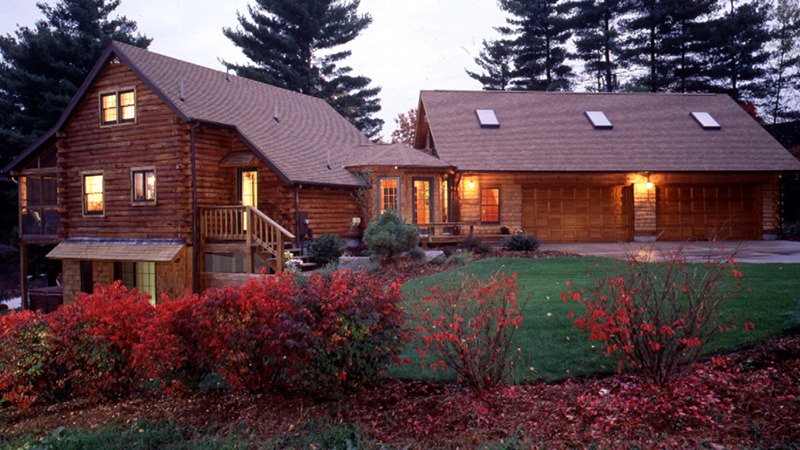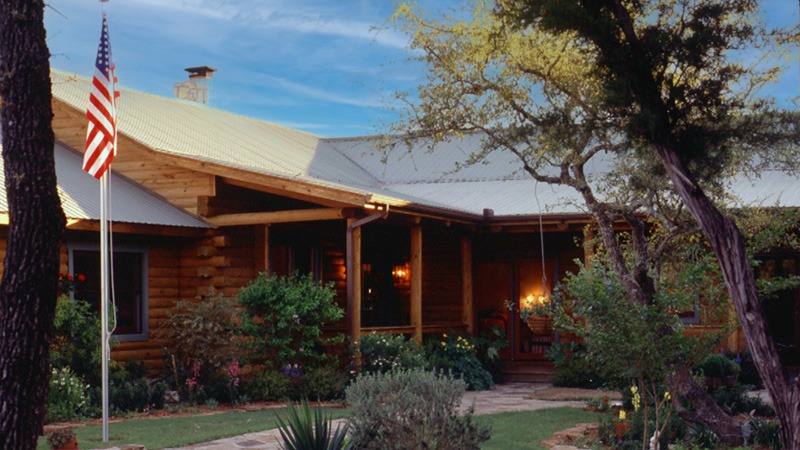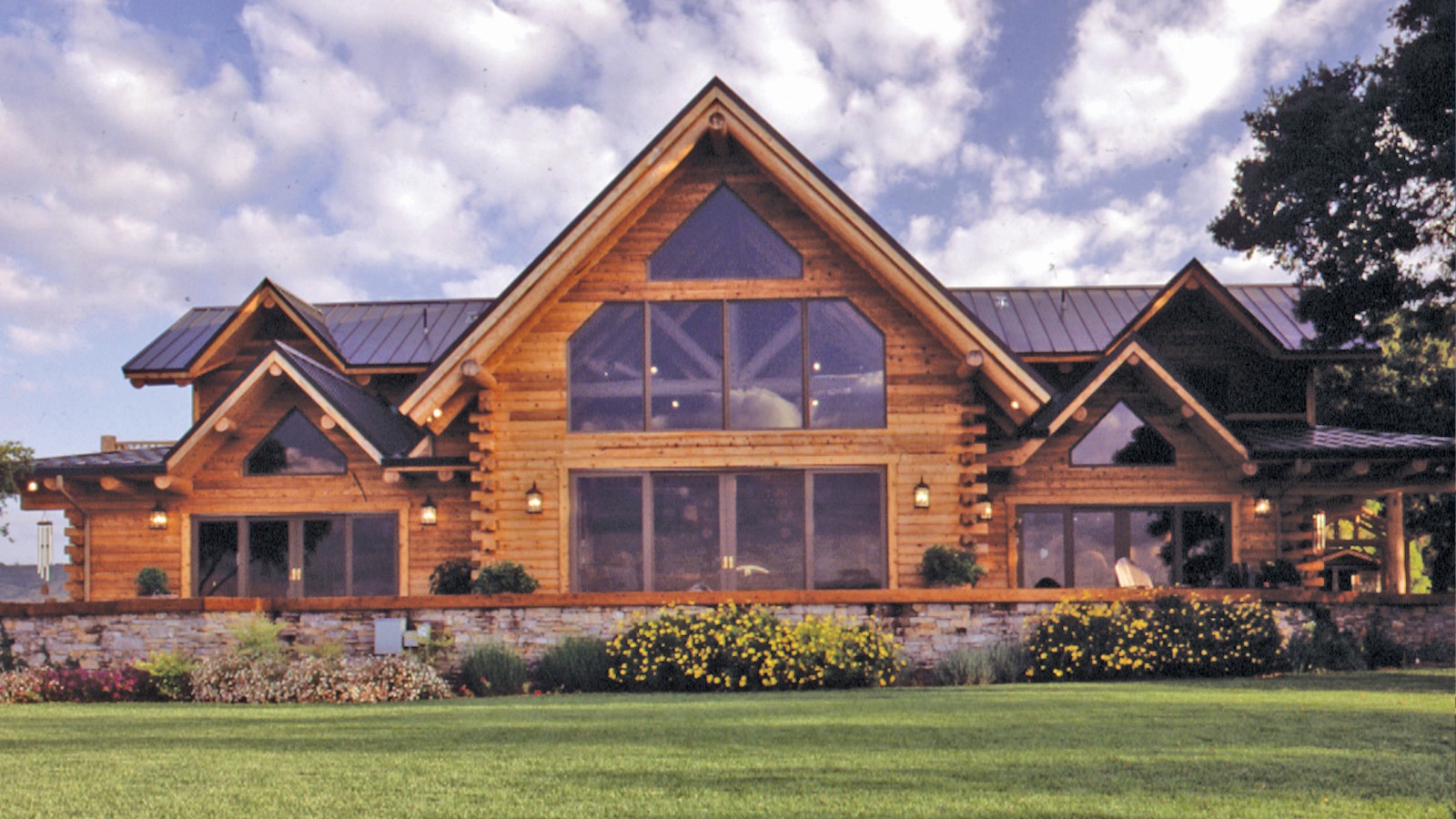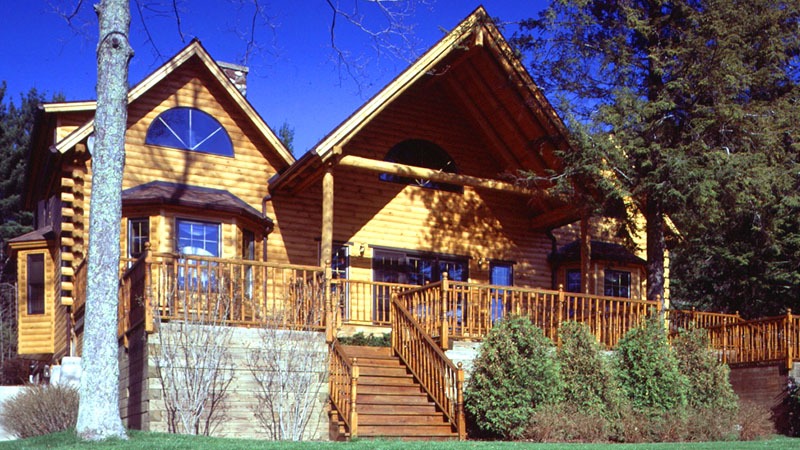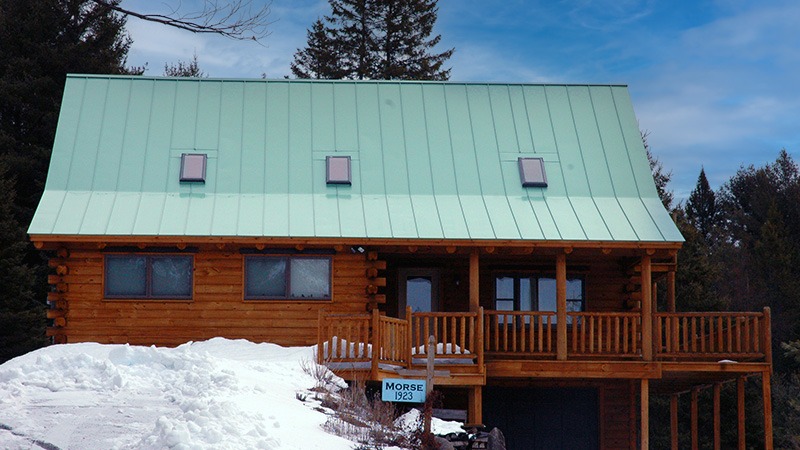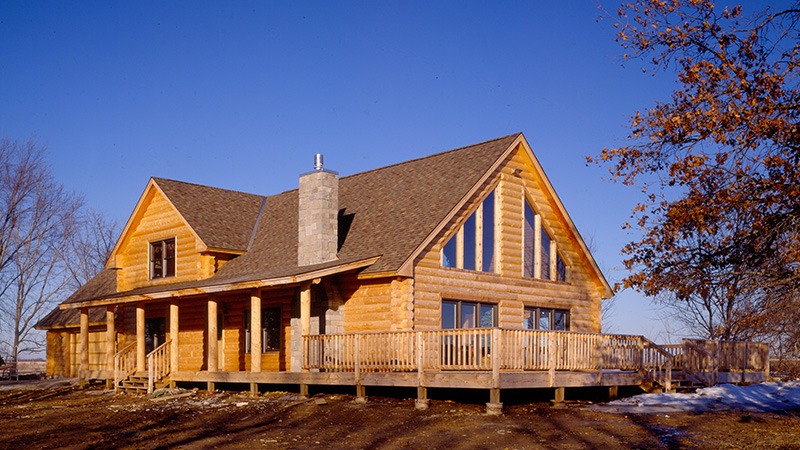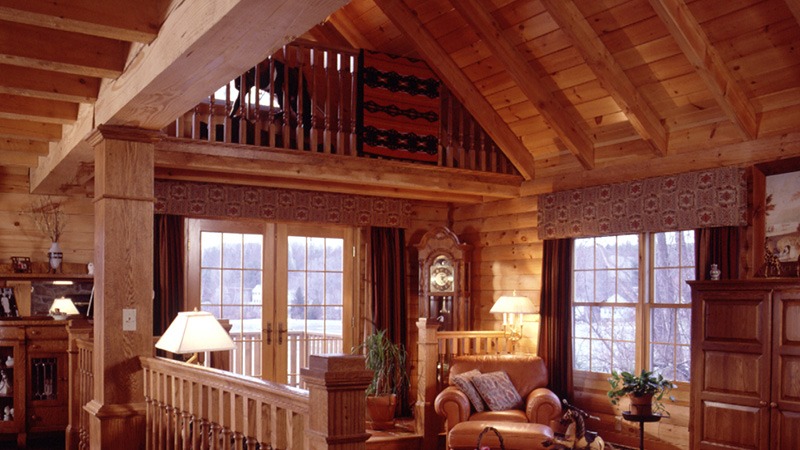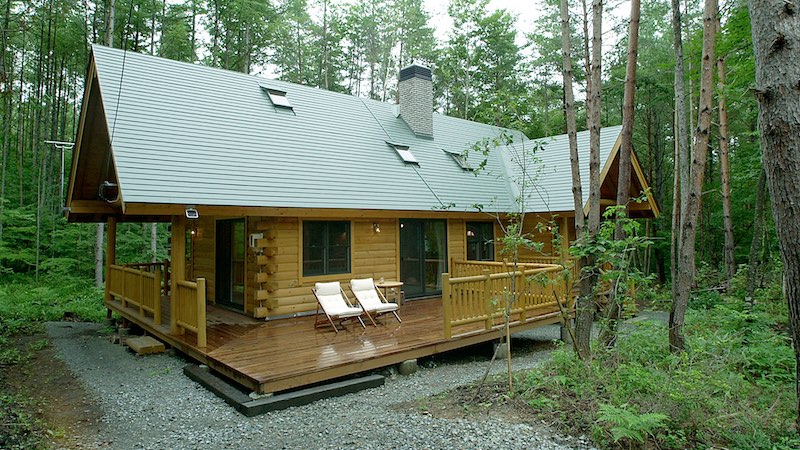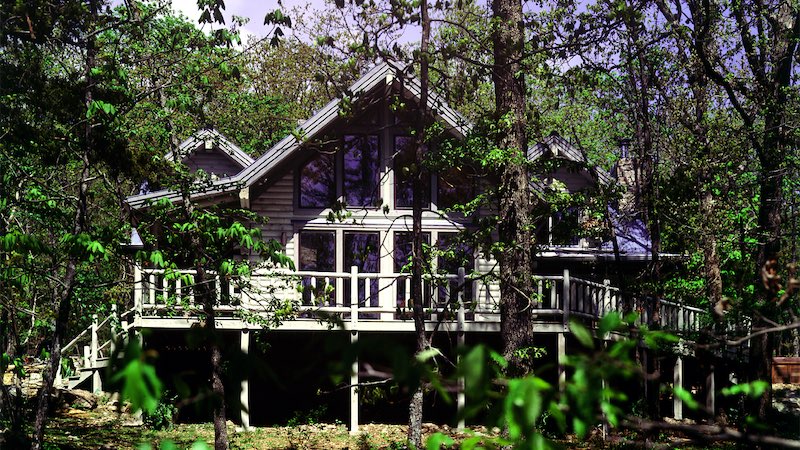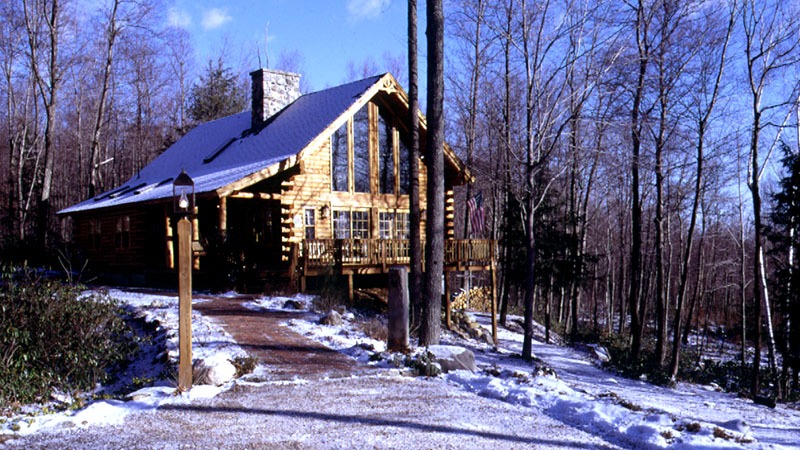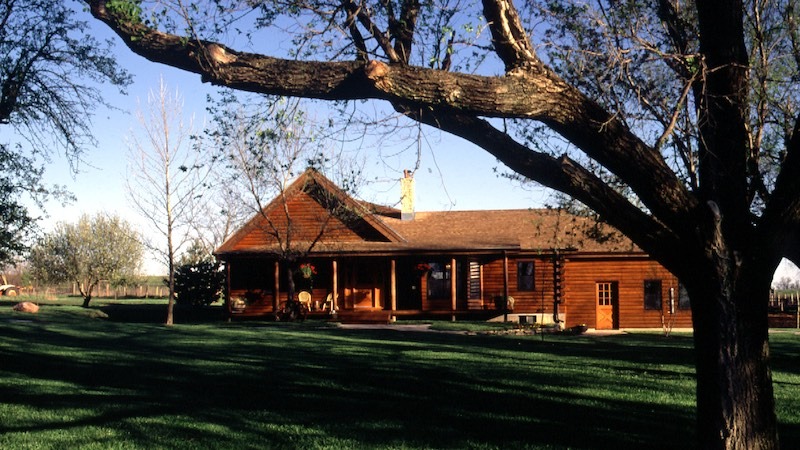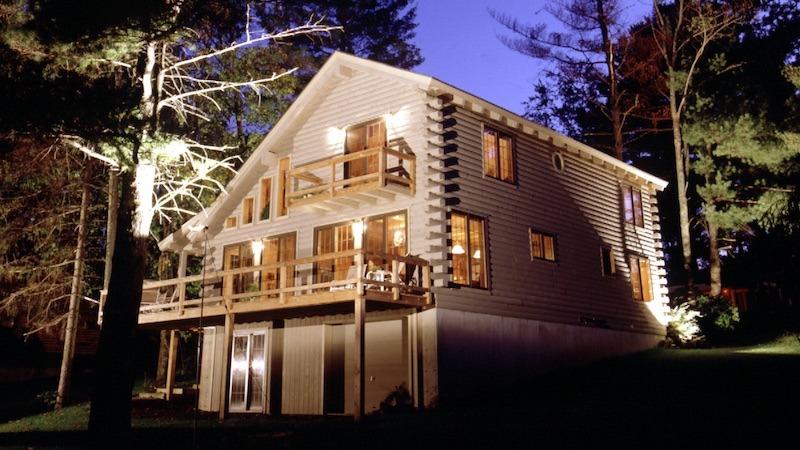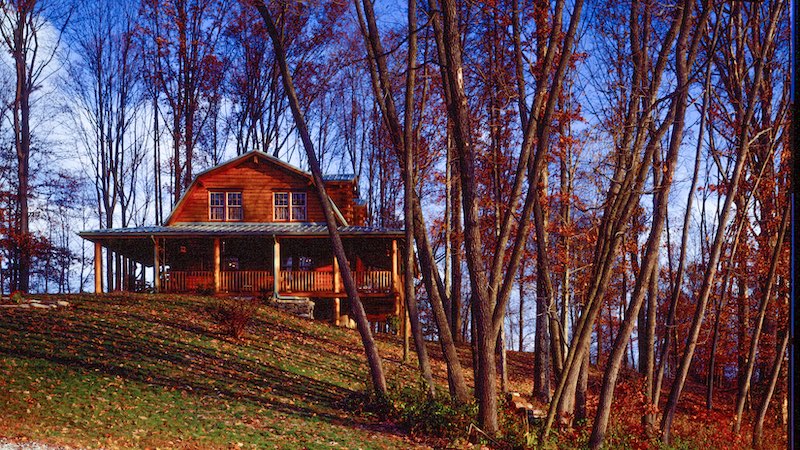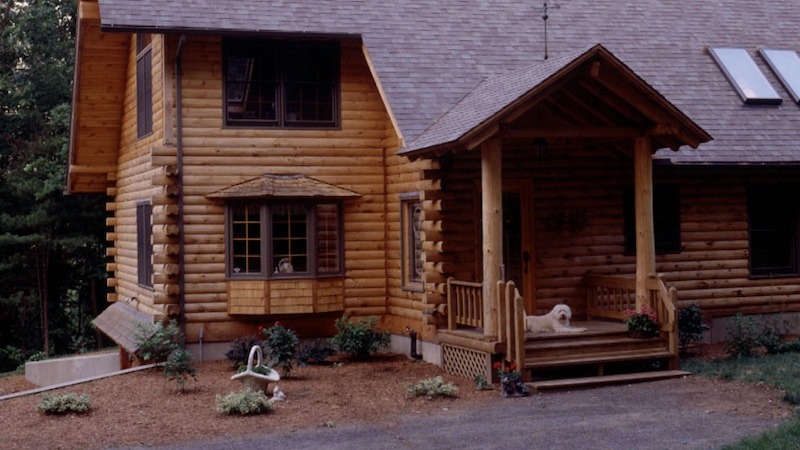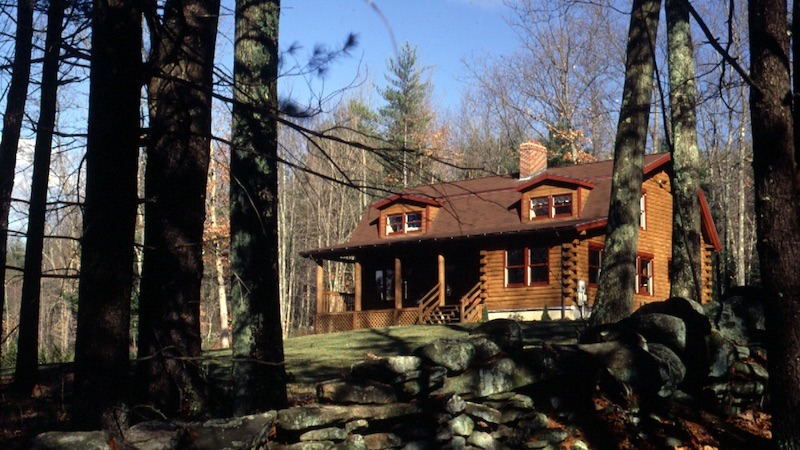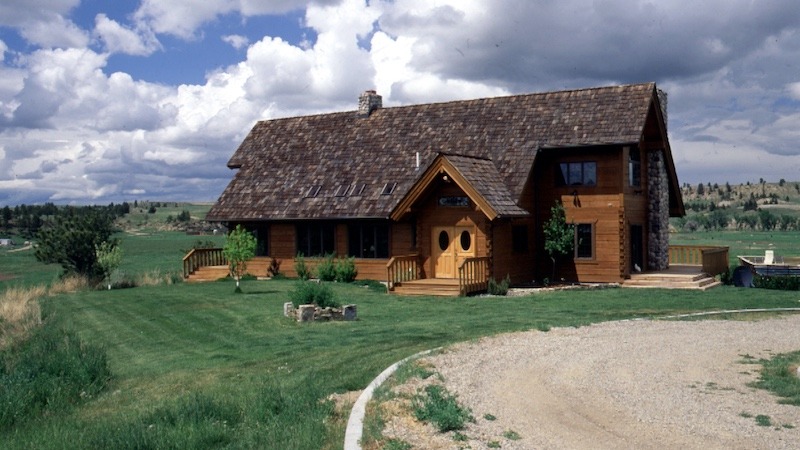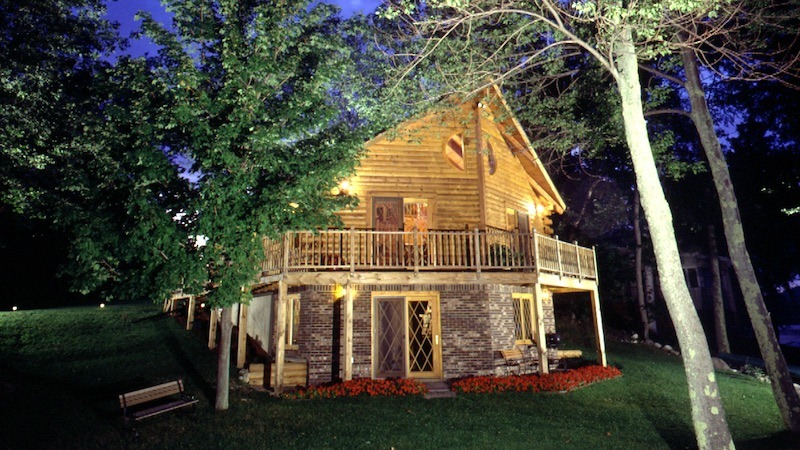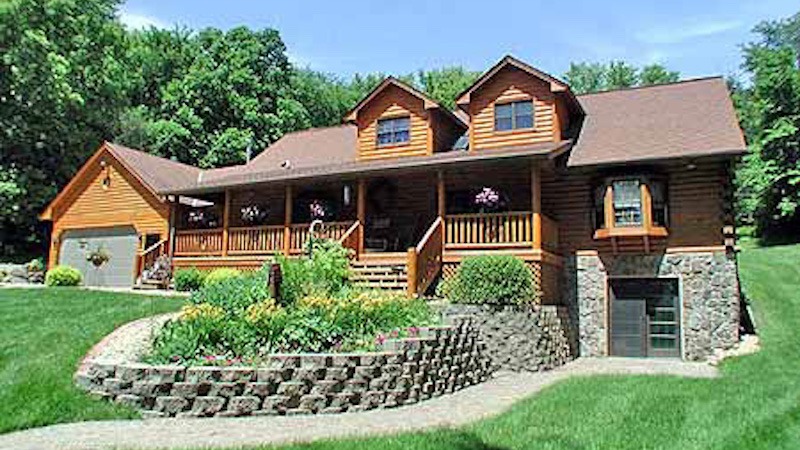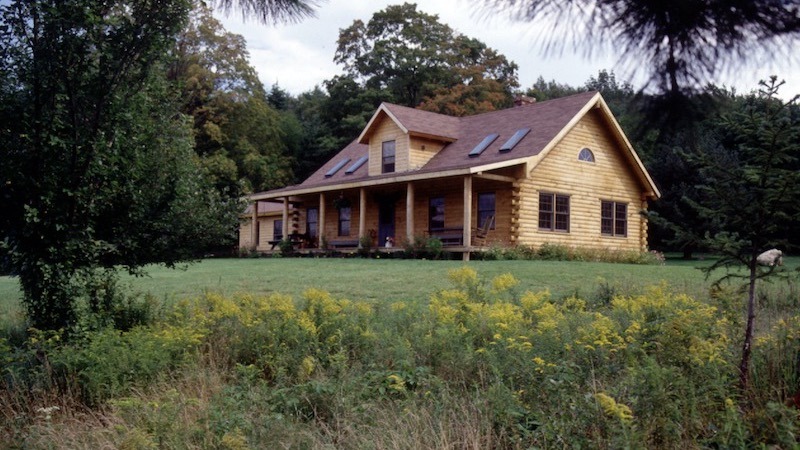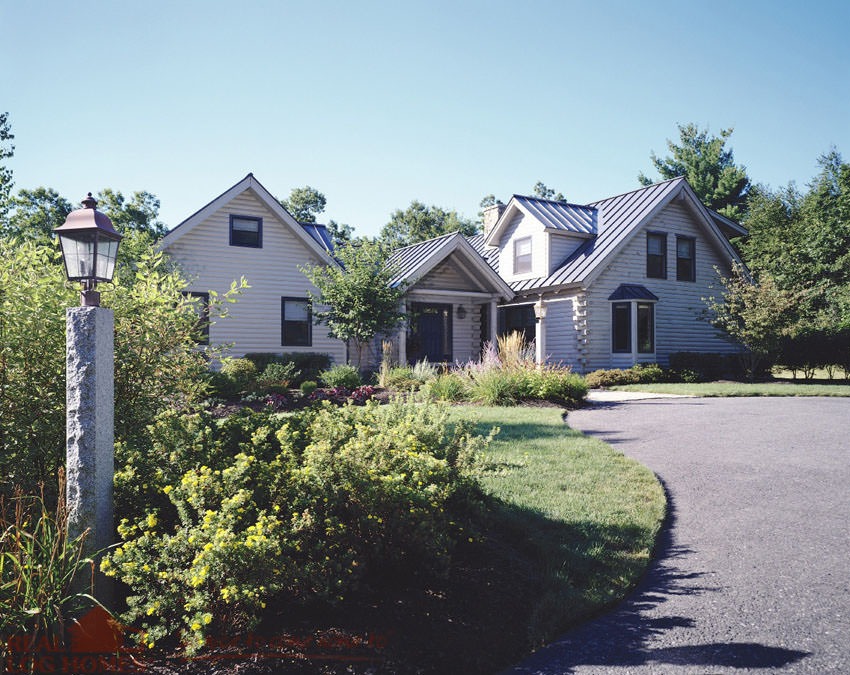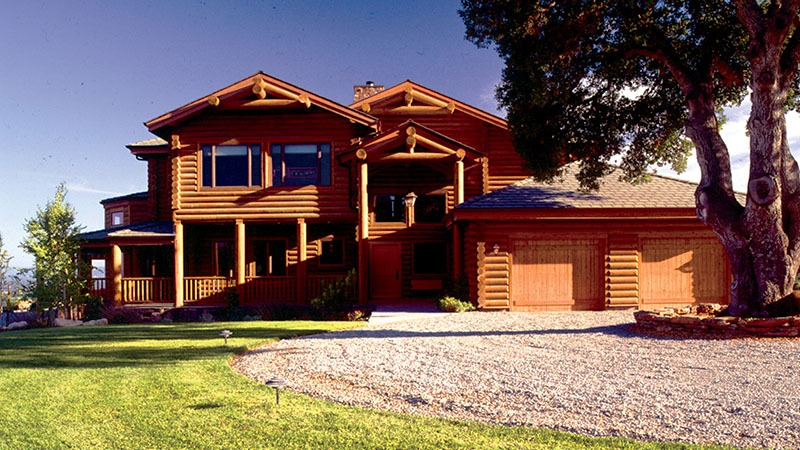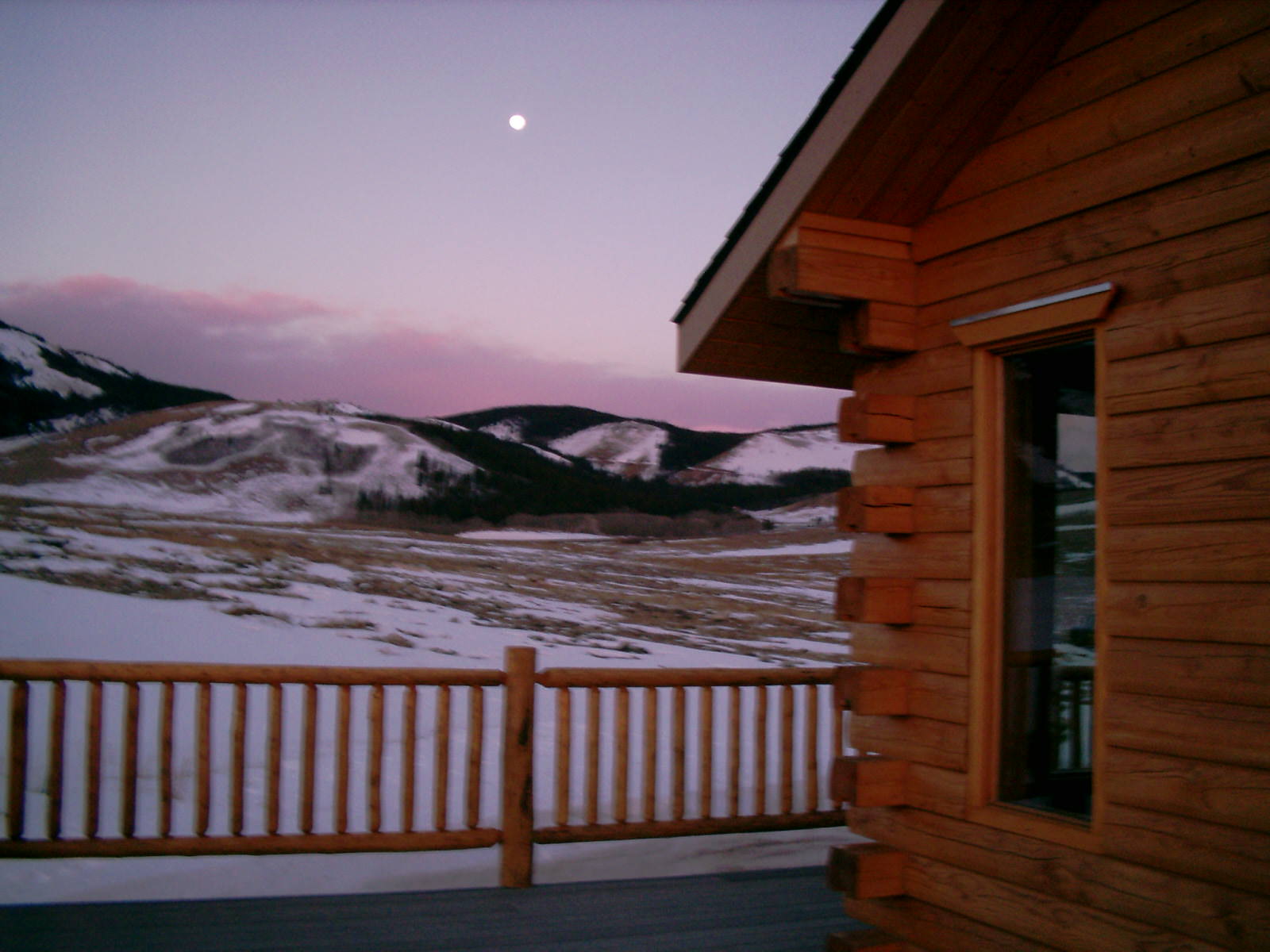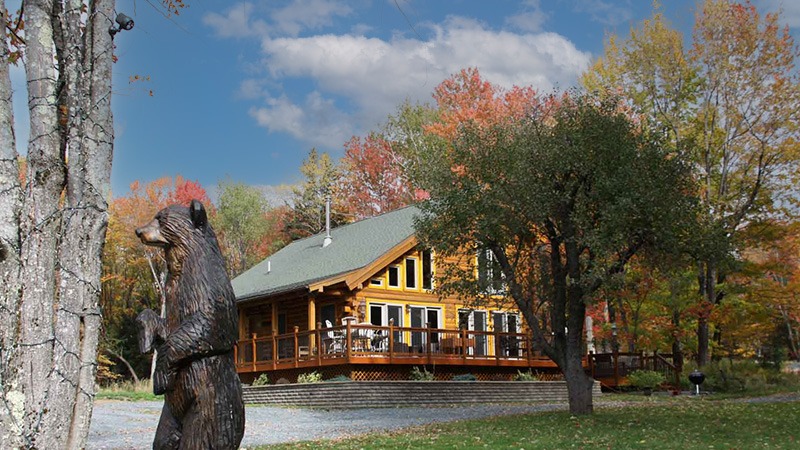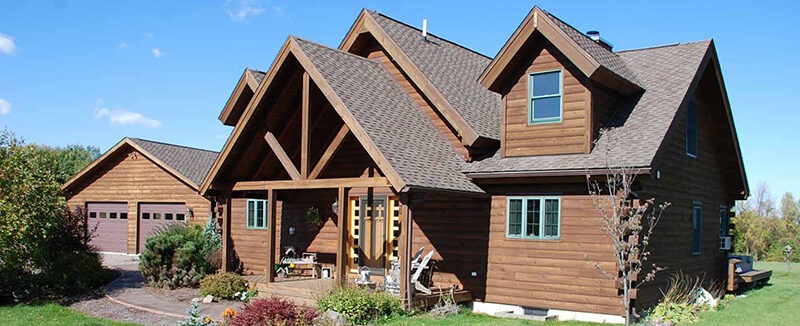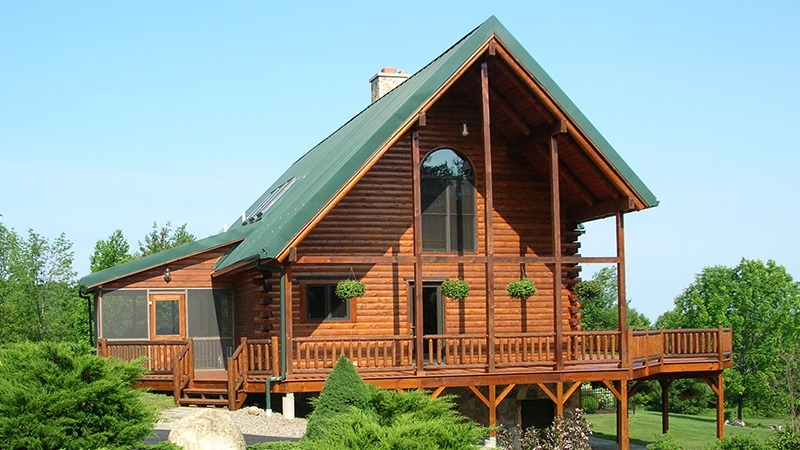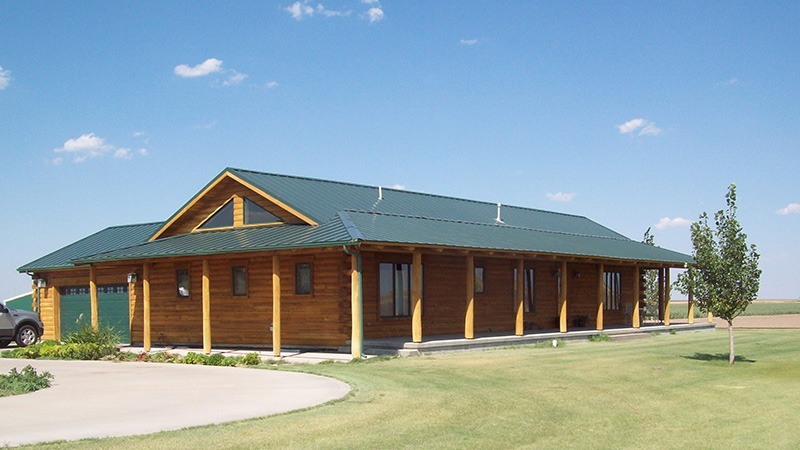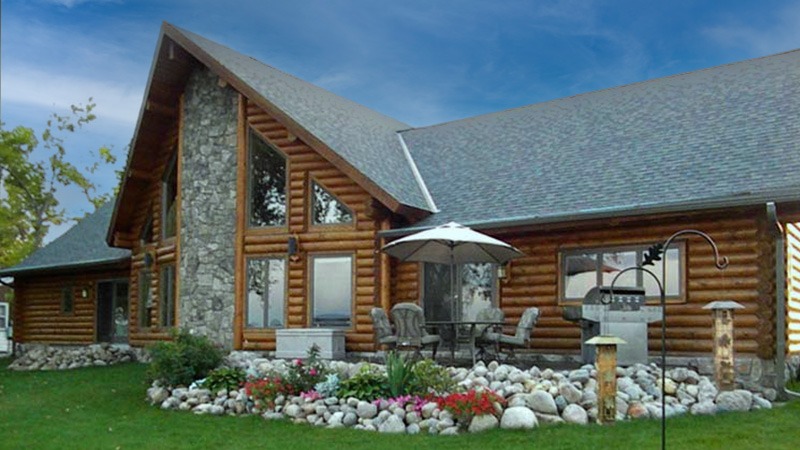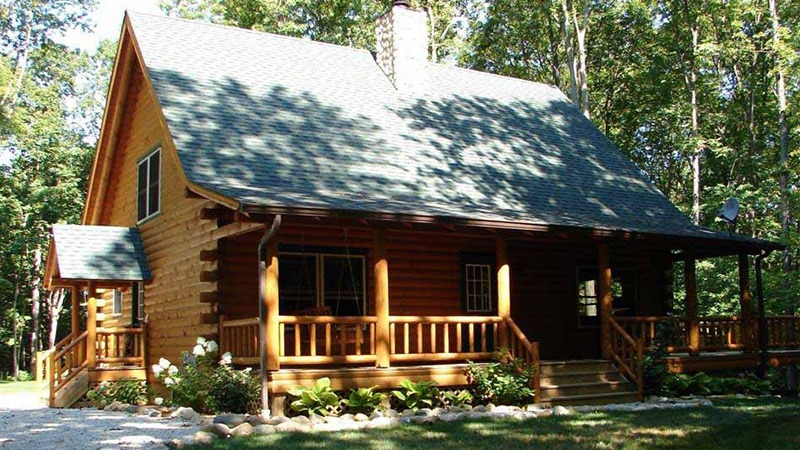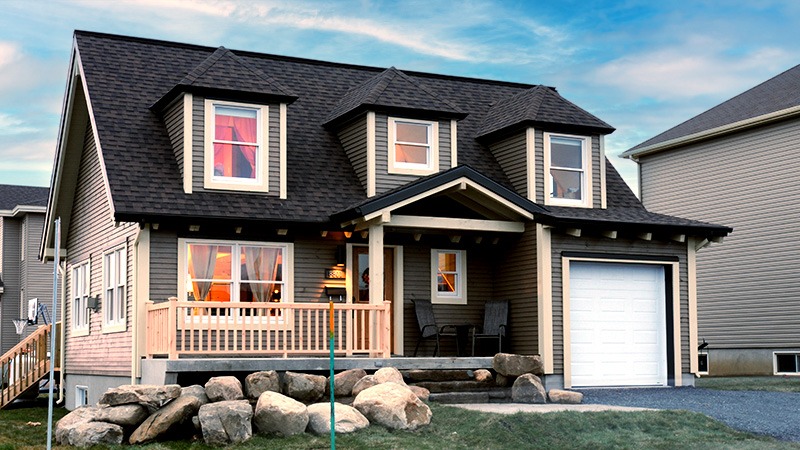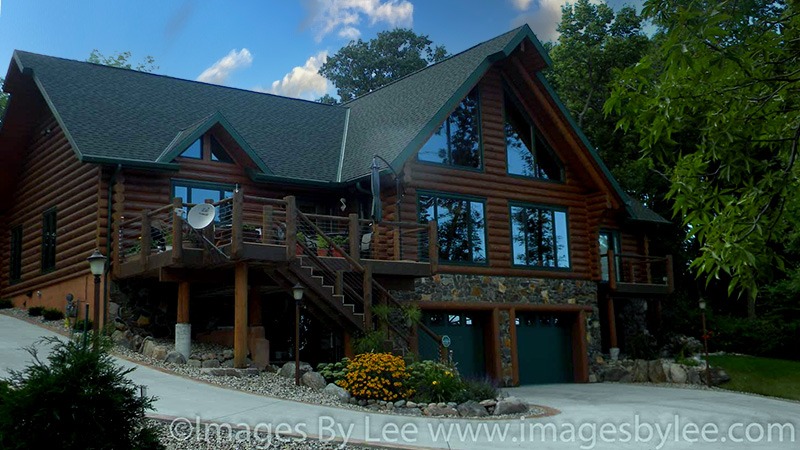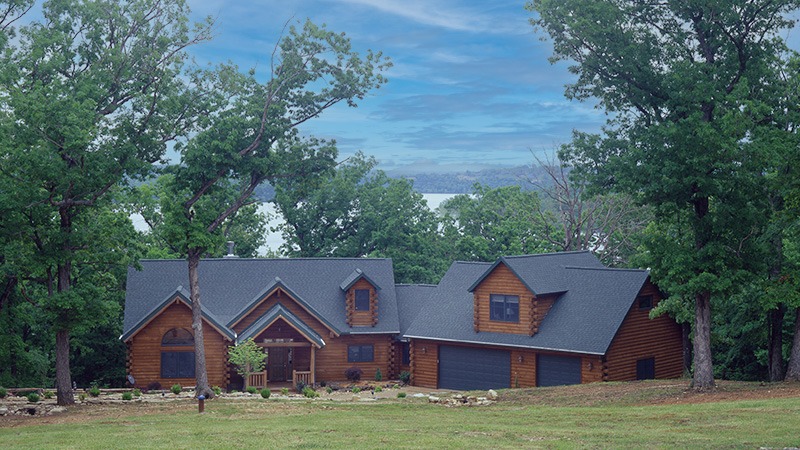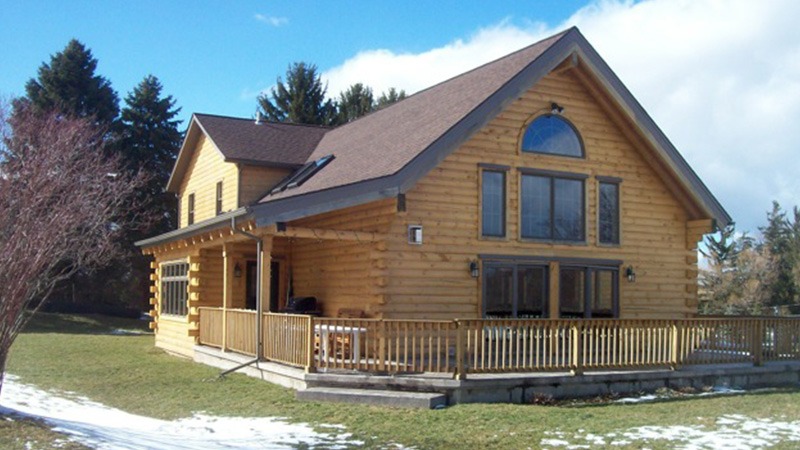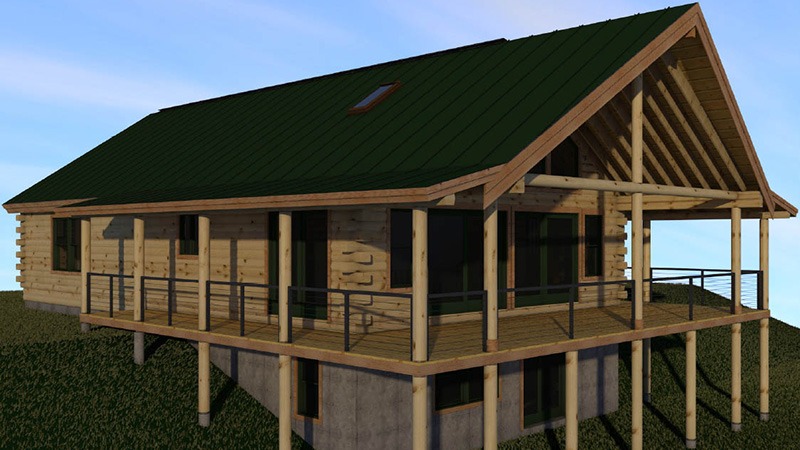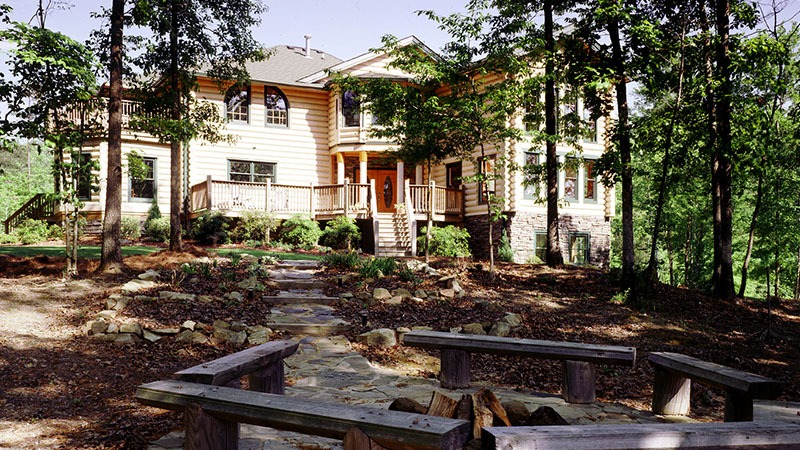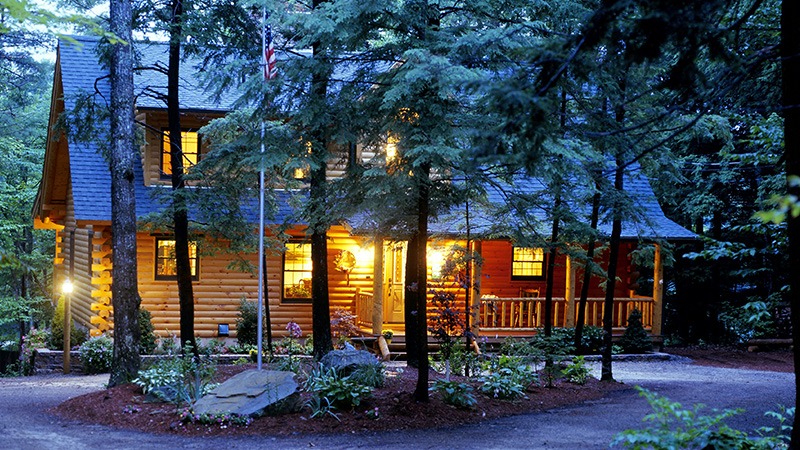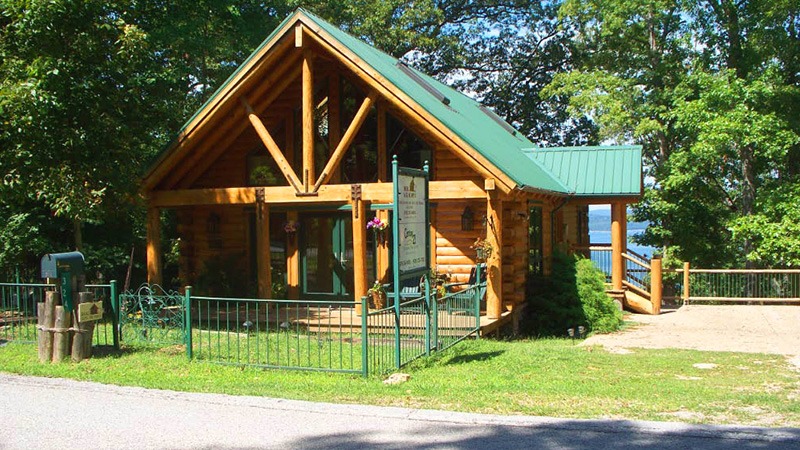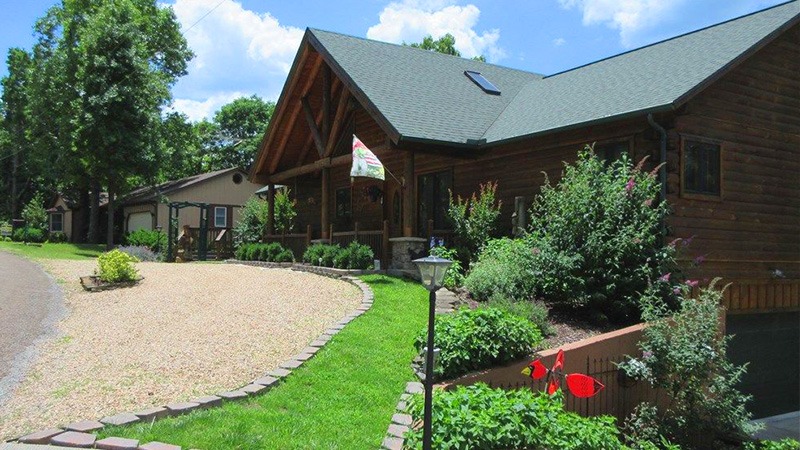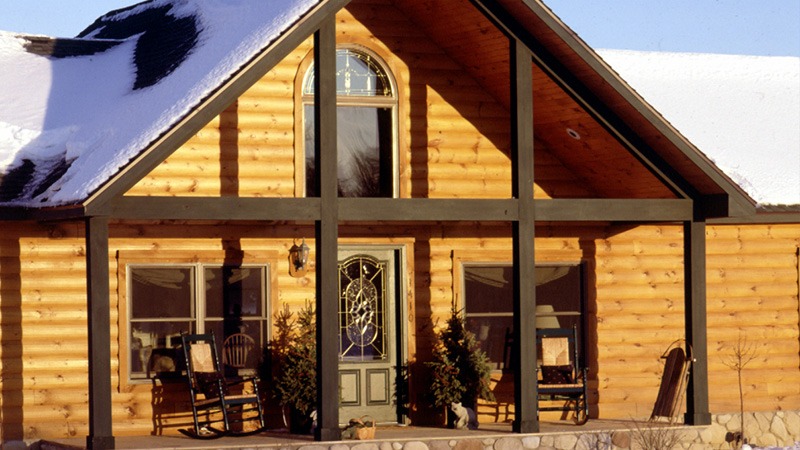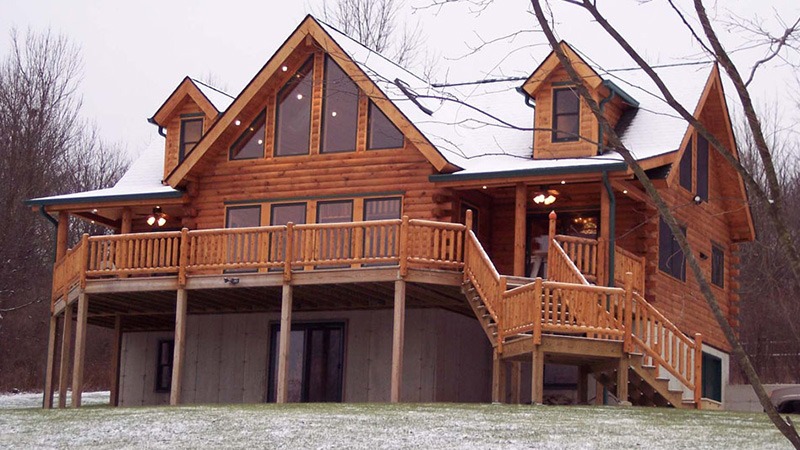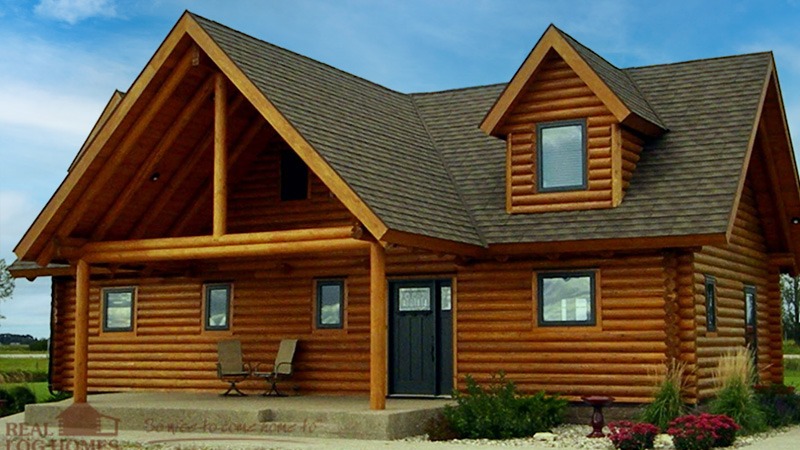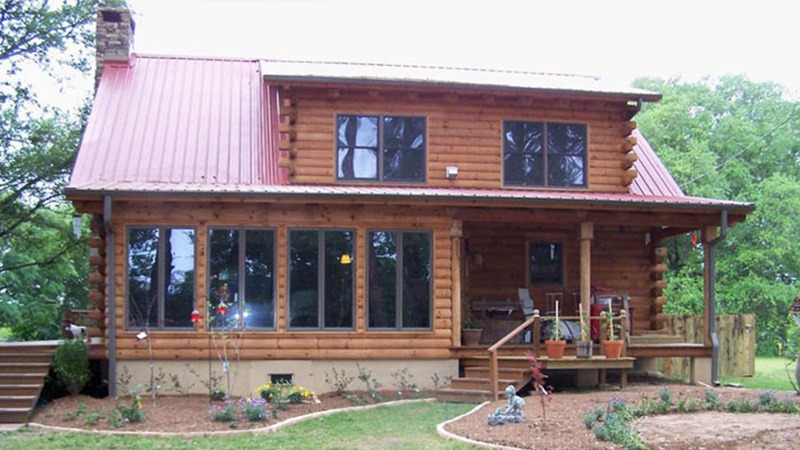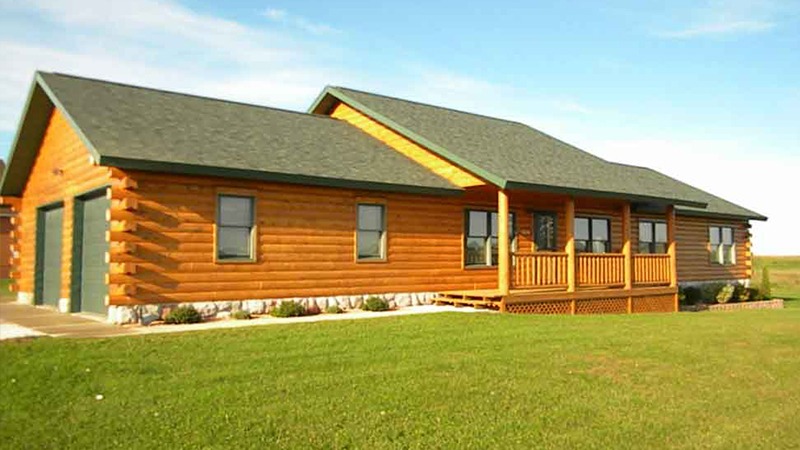In the past, we have used several posts on this blog to discuss the energy efficiency of log homes and how thermal mass helps moderate temperatures and maintain comfort. While an energy efficient thermal envelope is a very important for a house, lighting represents a large part of your home’s energy consumption. In most homes, twenty to fifty percent of all electricity consumption is due to lighting. Although incandescent lights are cheap and provide a light quality that many find pleasing, they are notoriously inefficient as light sources. Here, we’ll talk about how light-emitting diodes (LEDs) are quickly becoming the preferred light source for the log home.
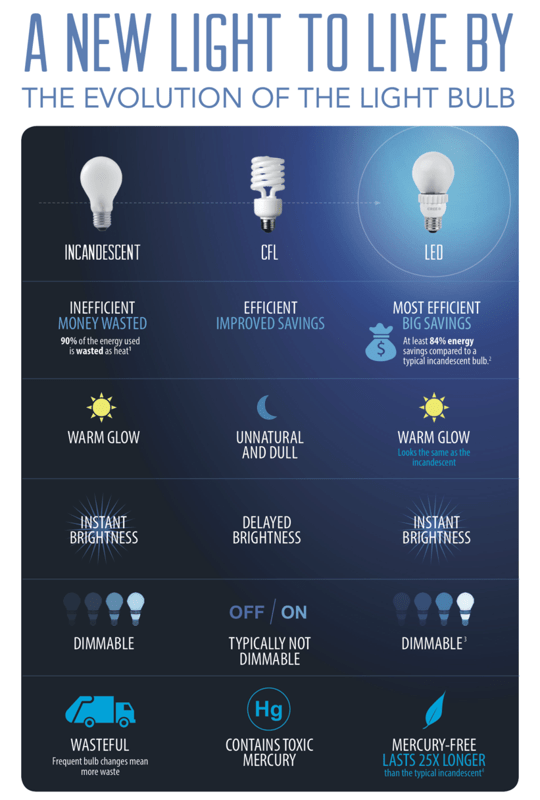
Incandescent lights have not changed much in the past century. They send electricity through a tungsten filament, which heats up and glows. Since 95 percent of the bulb’s energy is released as heat, it is a very inefficient light source. Since the Energy Independence and Security Act of 2007 set efficiency standards for lighting that incandescent lights cannot reach, you can no longer buy incandescent standard-sized bulbs in the 40 to 150 Watt range. One option for replacing incandescent is the slightly more efficient halogen bulb and another is the compact florescent bulb (CFL).
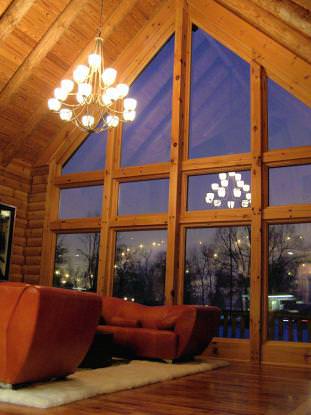
While CFLs can be a fine choice for efficient lighting, recent advances in LEDs make them an attractive option. A 60W equivalent LED bulb will only use around 10W of power, making it more efficient than a comparable CFL which draws 13W. This means that a LED bulb used 3 hours a day will save a homeowner around $6 a year in electricity costs compared to an incandescent bulb, assuming national average 11 cents per kilowatt-hour electric rates. Thus, although a LED bulb like these costs about $10, you will recuperate the cost of the bulb within a year and a half (and, yes, they will last far longer than that. Read below.) If your electricity costs over 18 cents per kilowatt-hour, you will pay off the bulb in under a year. If you buy bulbs in bulk or can get utility company rebates, the bulbs can pay off even sooner. In fact, this author recently bought LED bulbs from a well-respected manufacturer for $2 a bulb from a warehouse club store (after utility rebate); these bulbs will pay themselves back in just 4 months.
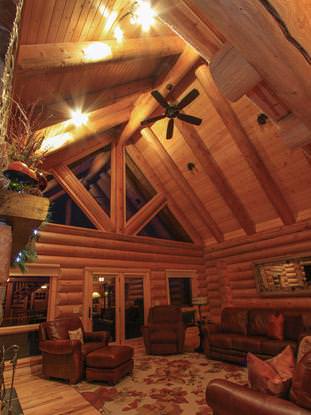
An LED will also save you money as time goes on, since they have very long lifespans. While an incandescent bulb only lasts around 1,000 hours of use (about a year), LED bulbs can last over 25,000 hours. This means the LED bulb should last around 25 years in normal use. Also, LEDs rarely break, so the lifetime is actually the point when the bulb has dimmed to 70 percent of its original brightness. You could very well find yourself a quarter century from now without having to change a light bulb!
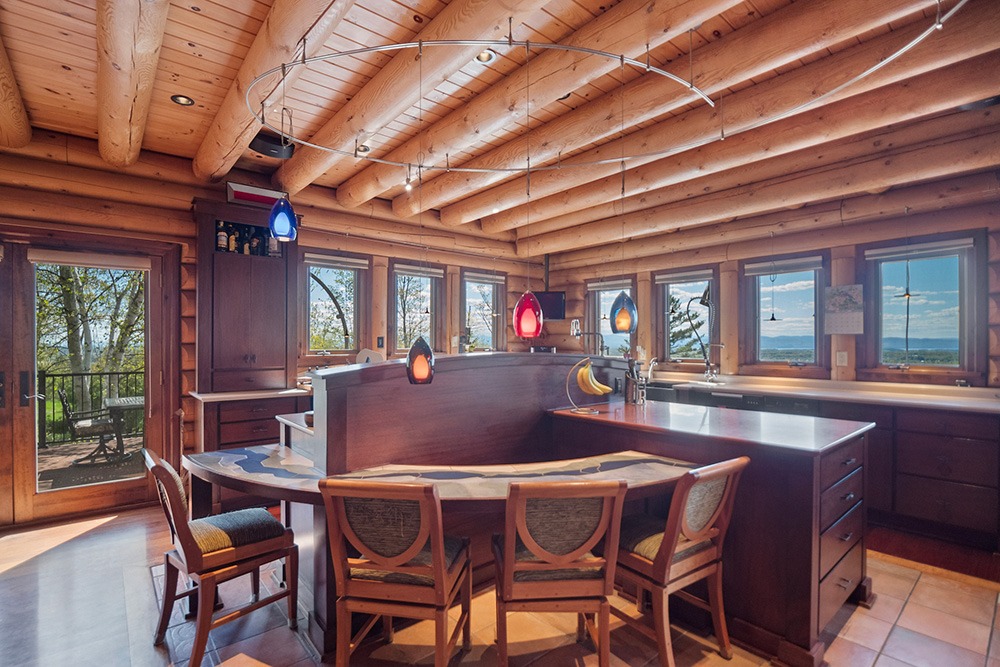
Although the 60W-equivalent LED bulbs are now very practical (and most likely to be rebated), higher output LEDs are not as economical. The 120W-equivalent LEDs are no more efficient than CFLs while carrying a significant cost premium. However, many people appreciate that LEDs do not contain mercury like CFLs. Also, the past decade has seen a 20-fold increase in LED efficiency along with a 10-fold drop in price (a trend that looks to continue), so the future looks very bright for increasing use of LEDs throughout the home. We’re thrilled for a technology that helps save money, saves time and hassle, and helps to showcase our Real Log Homes in a beautiful and warm light (unlike the often unnatural or cold tones of CFL bulbs).
We hope this recap of lighting technology has been illuminating. If you have any questions about the log home shown here, or about how to plan a log home of your own, please contact Real Log Homes to learn more.
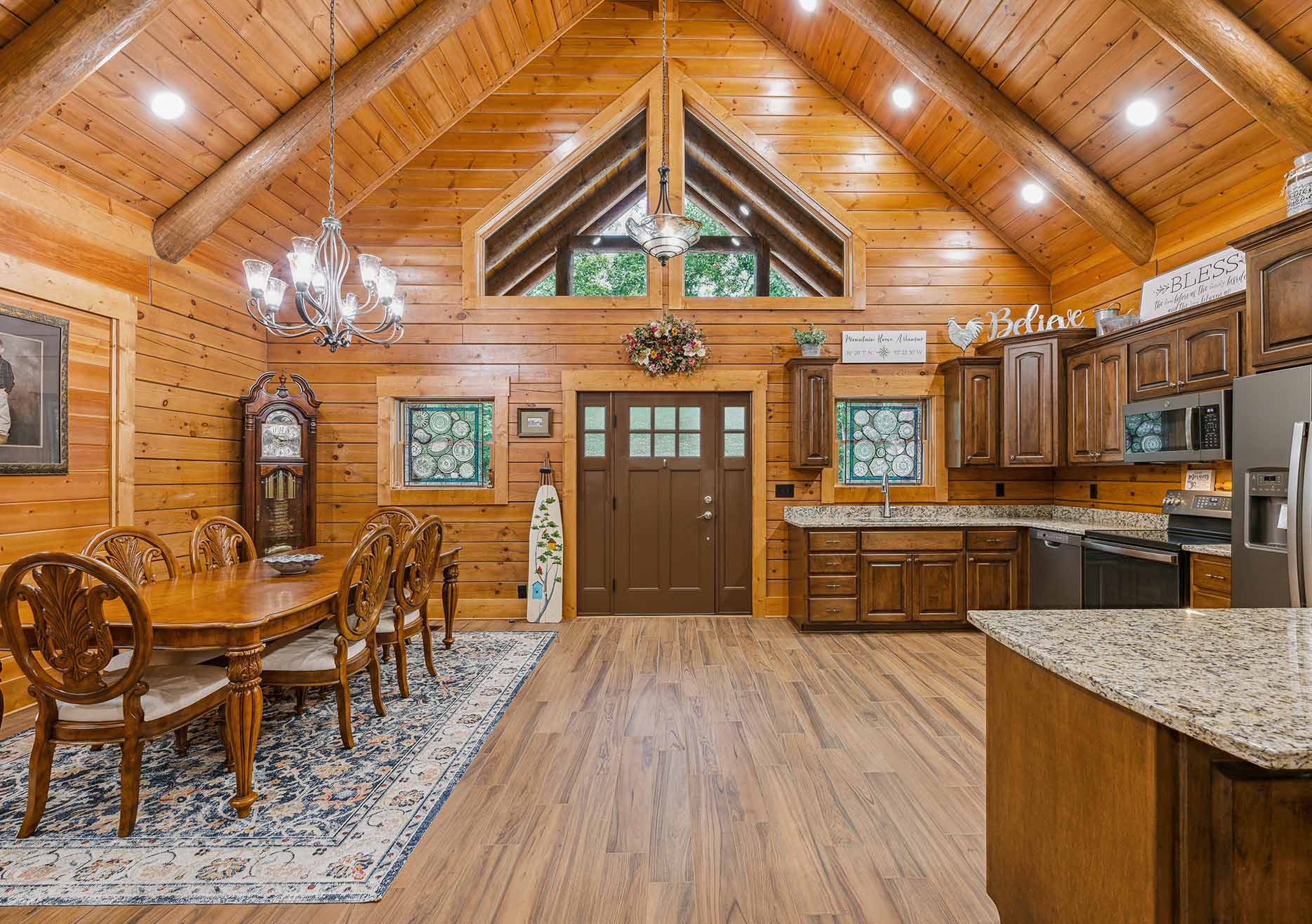
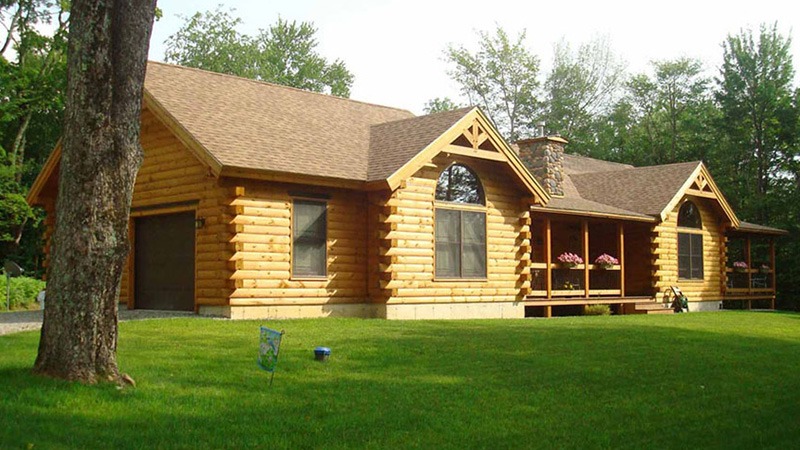
![[KAB-IN] Vermont - Renovated 1972 Real Log Homes Rental Cabin](https://realloghomes.com/wp-content/uploads/2019/03/Cavendish-KAB-IN-Woodstock-VT-51.jpg)
